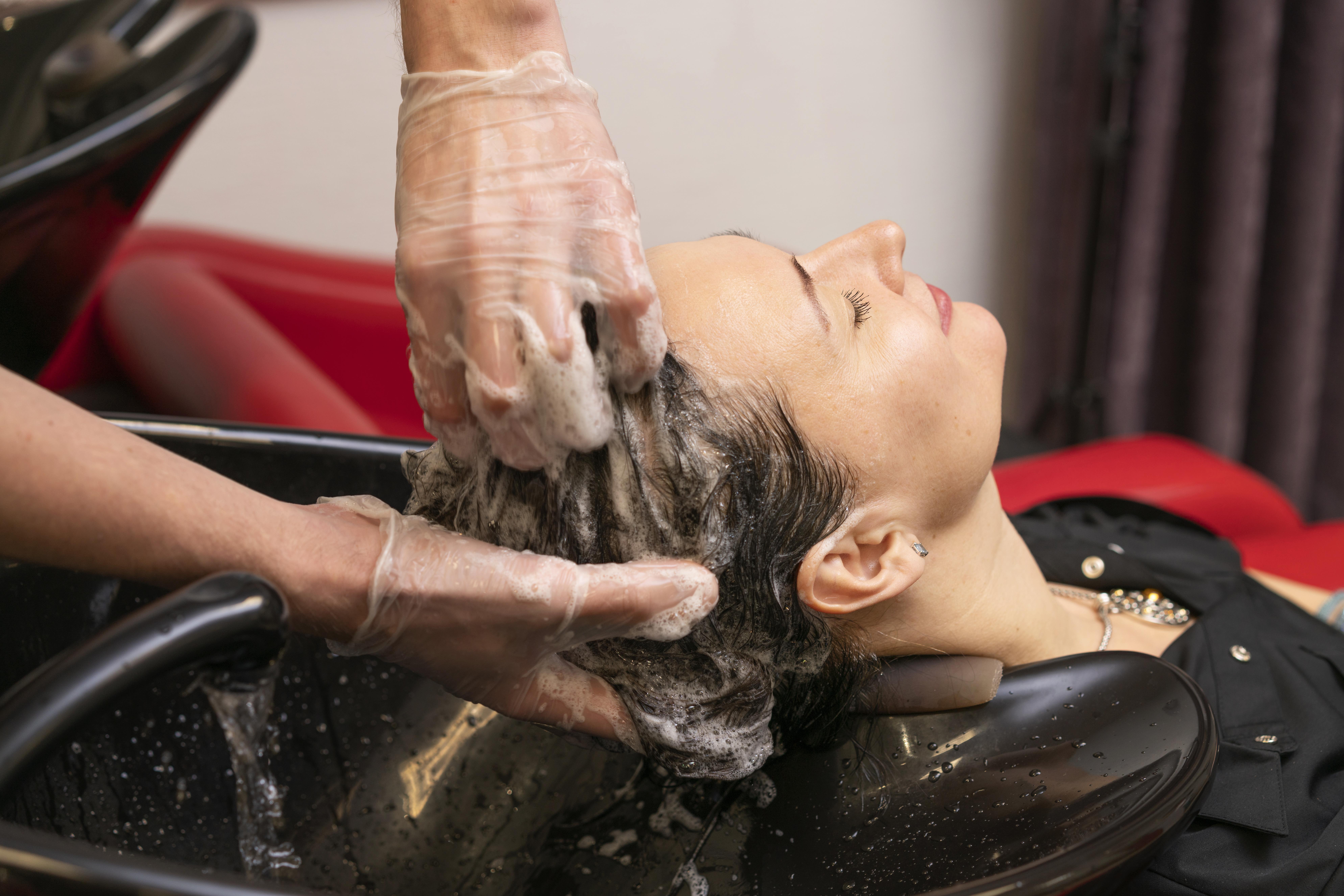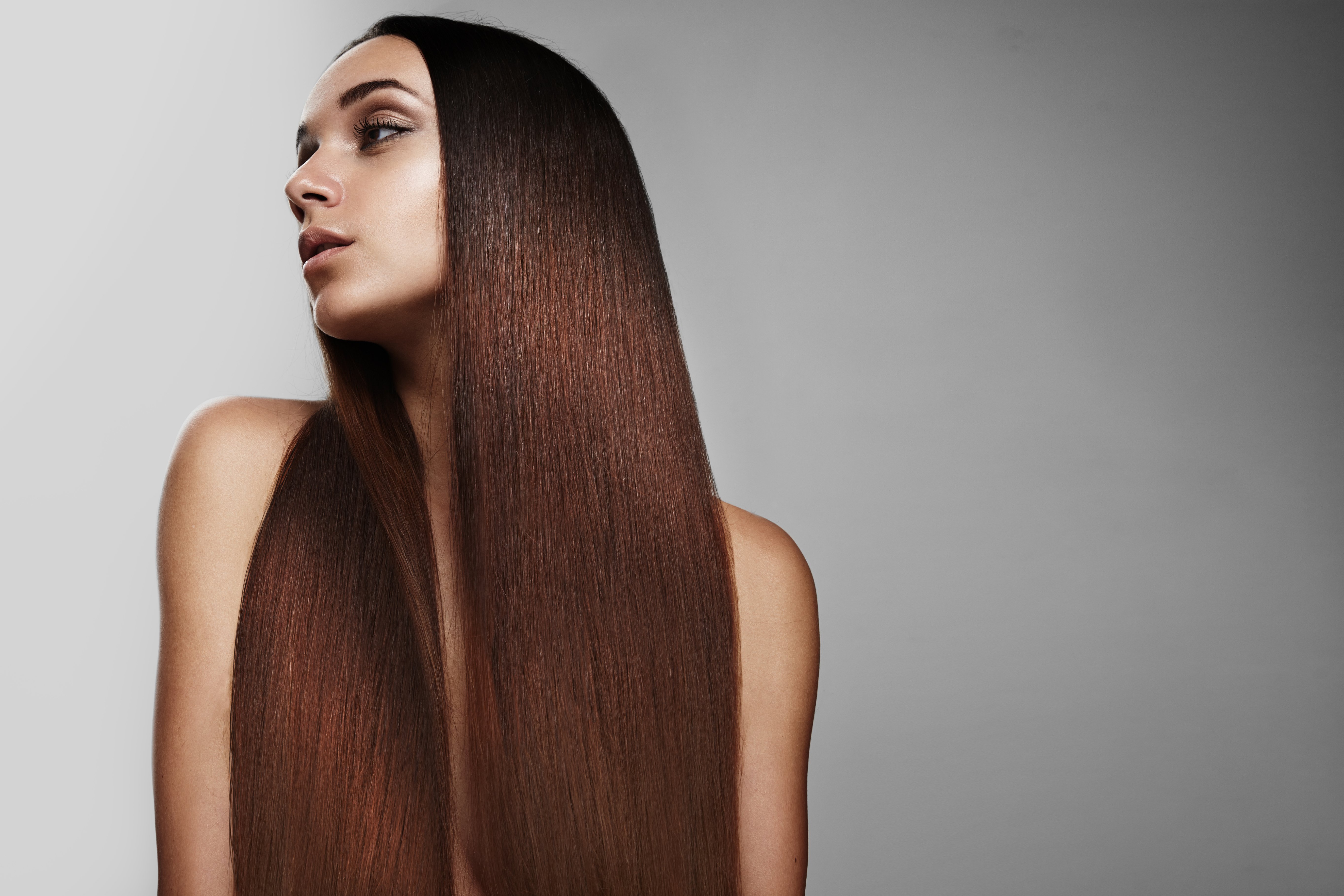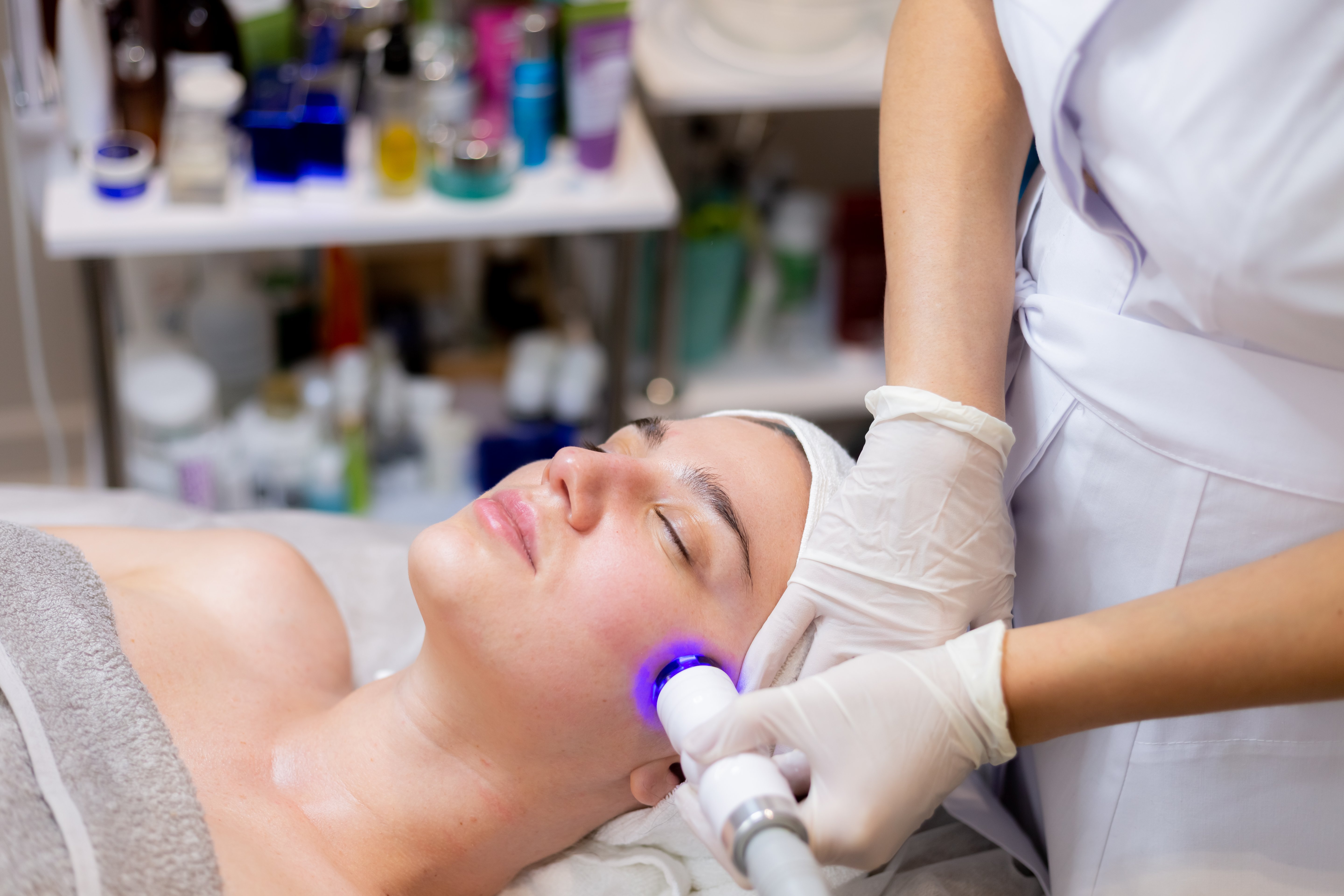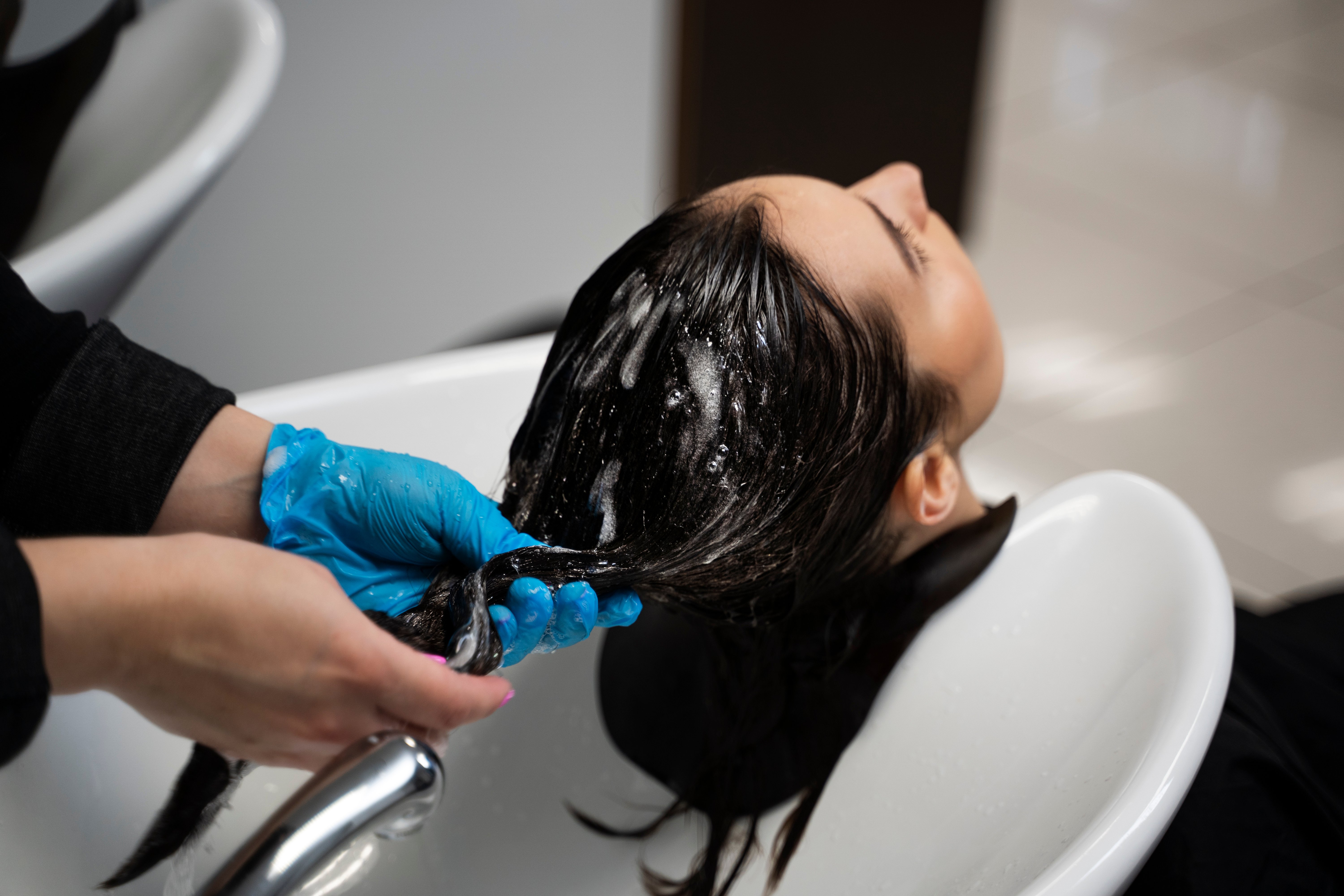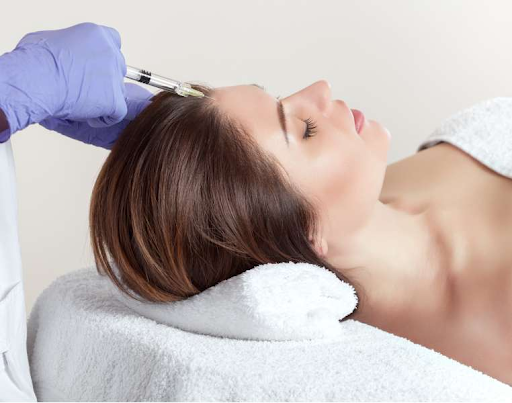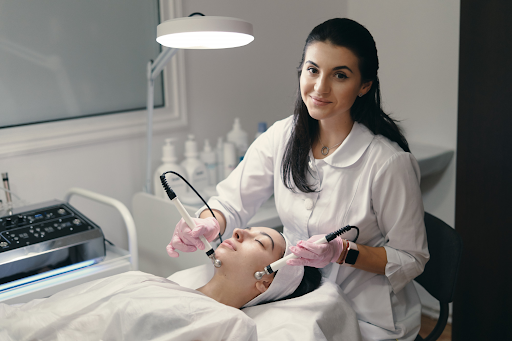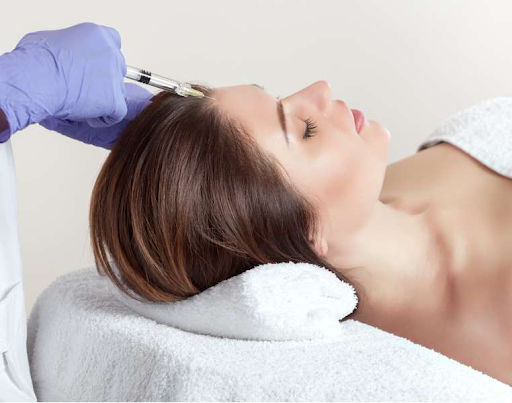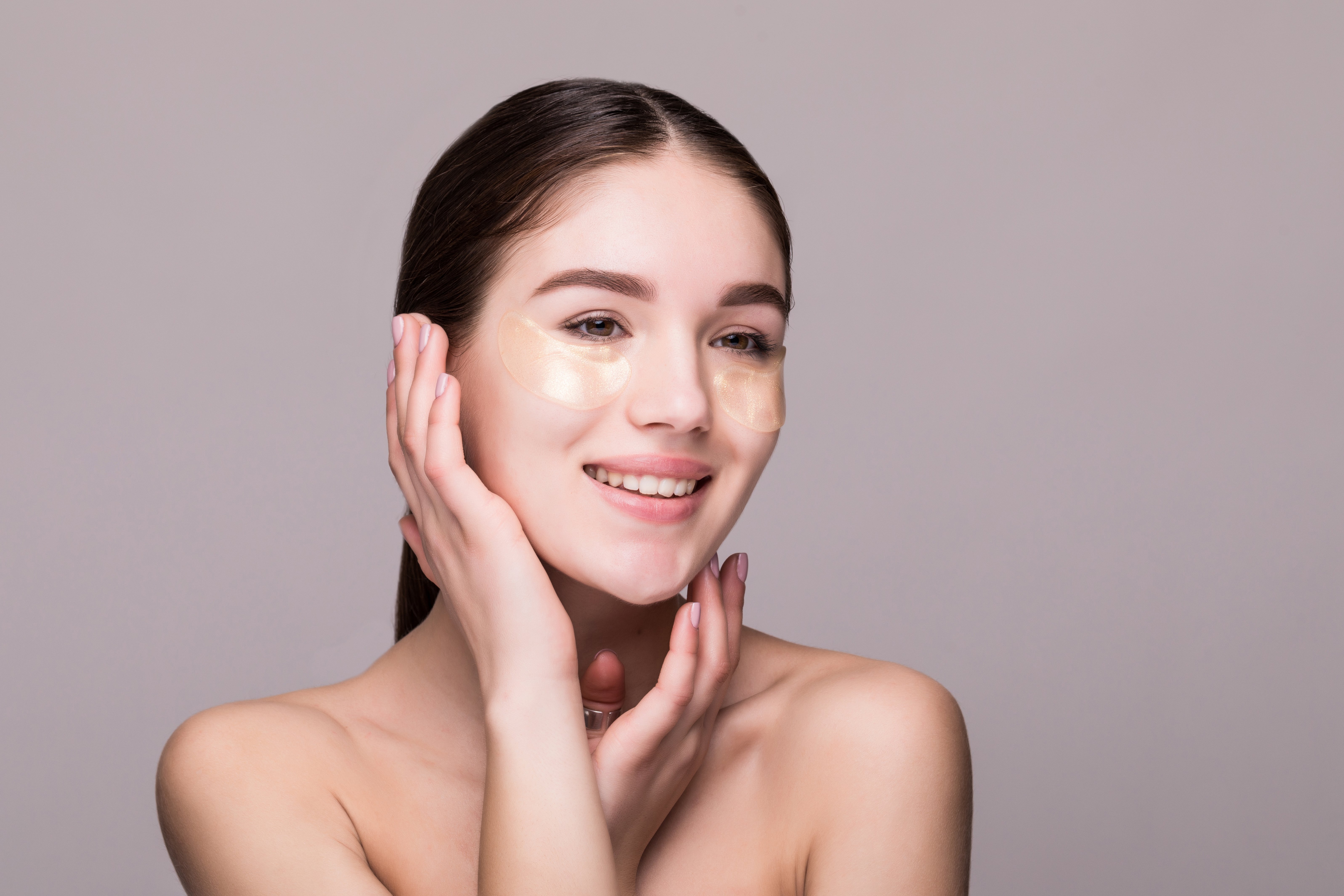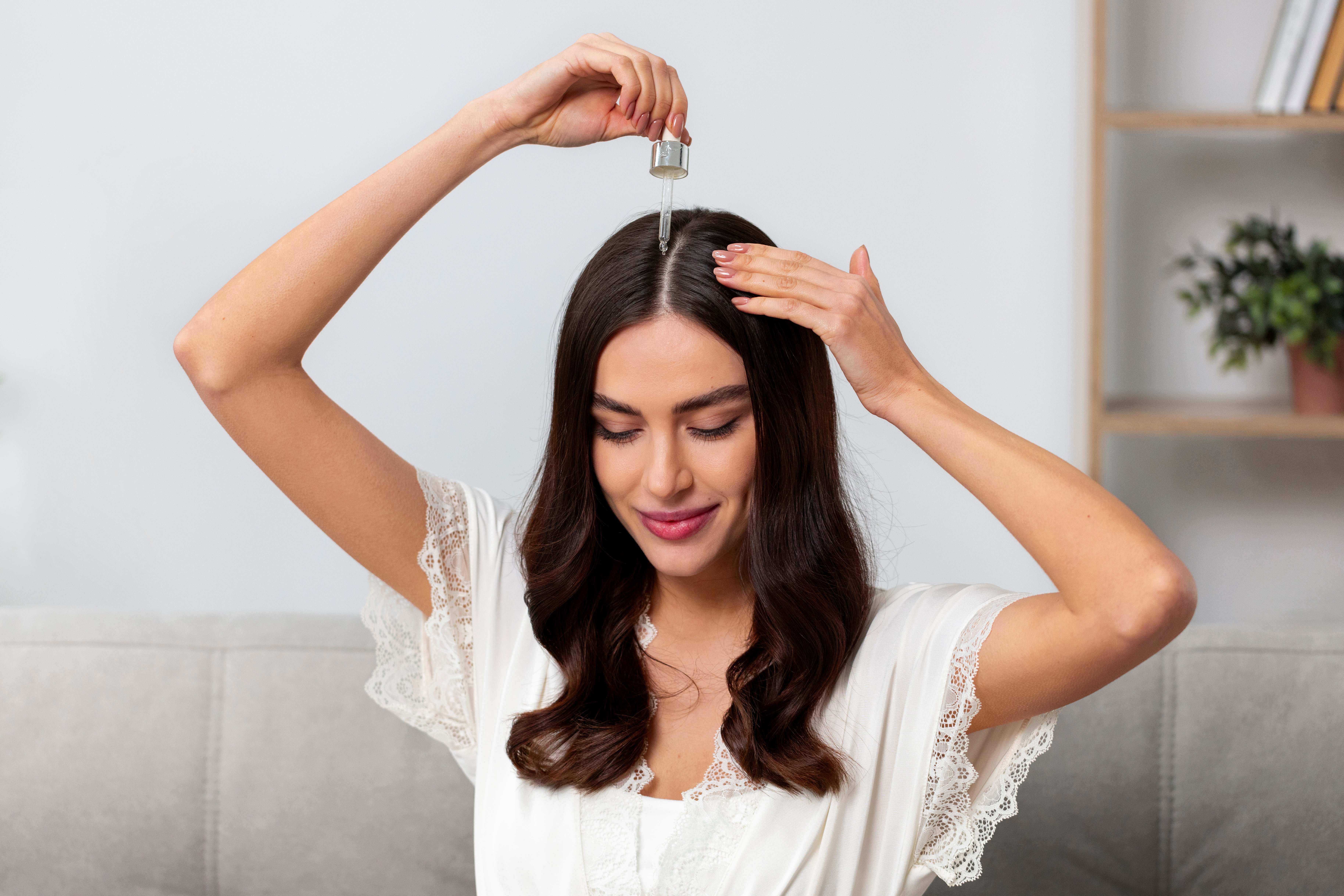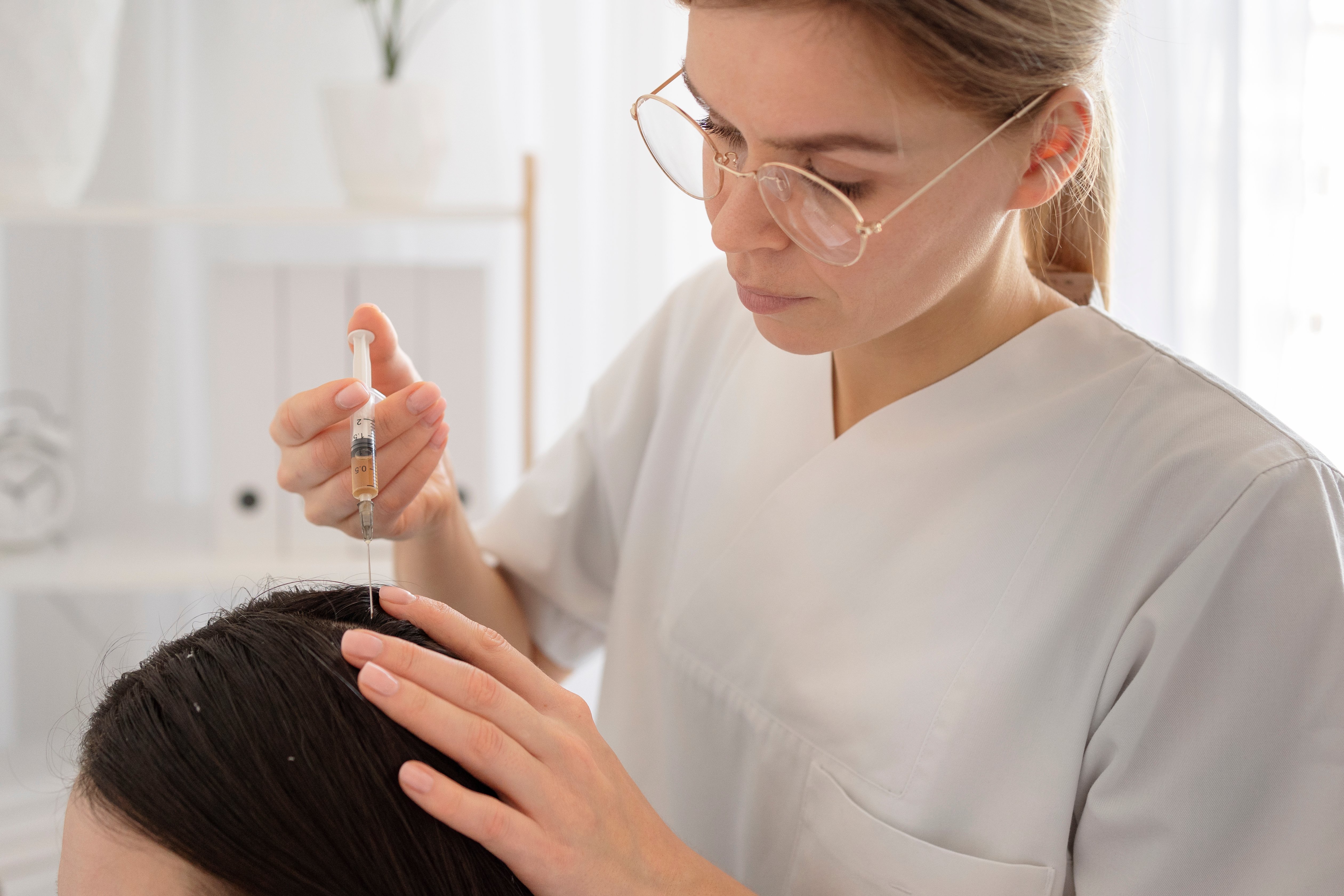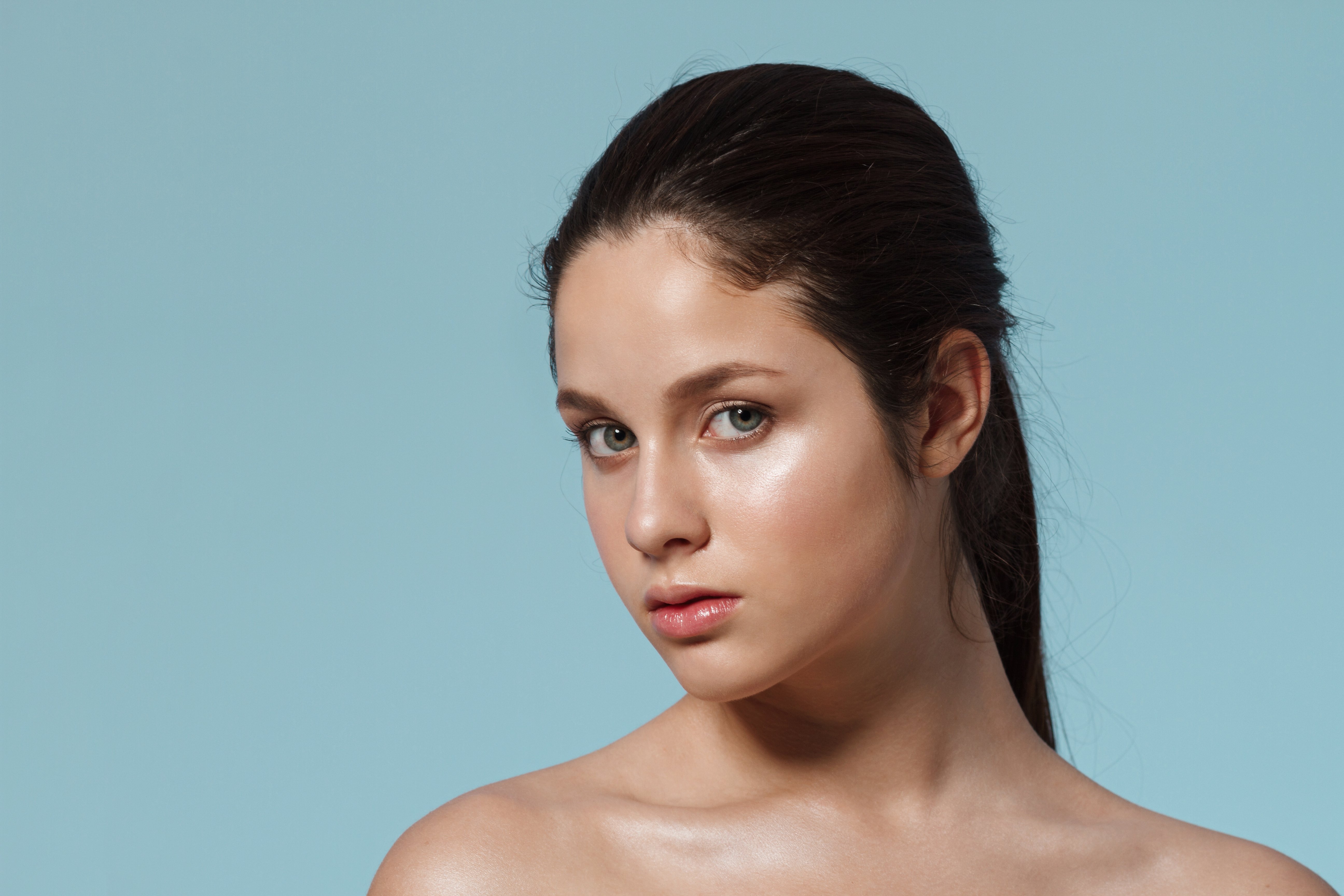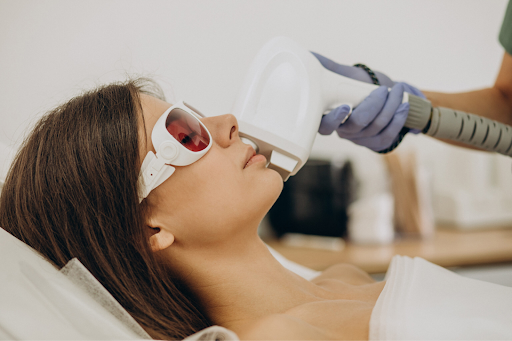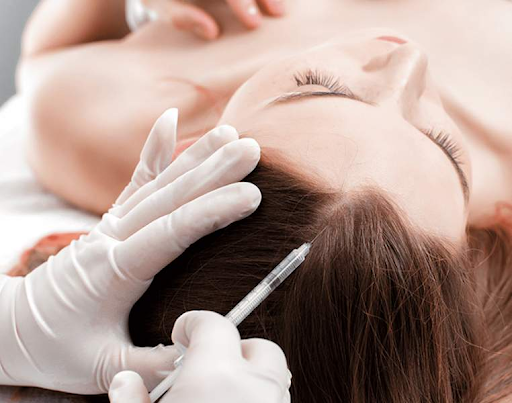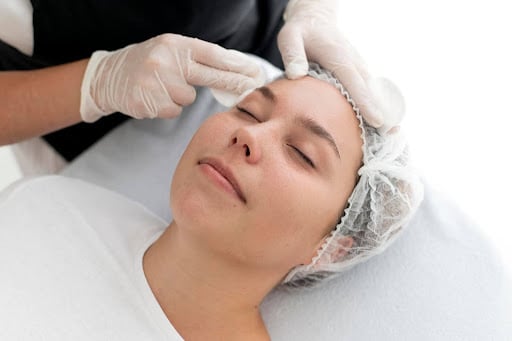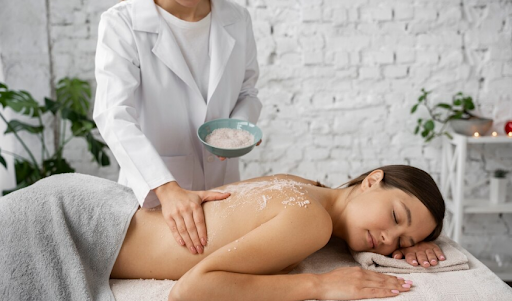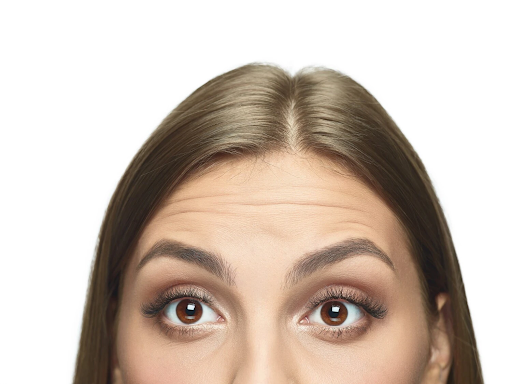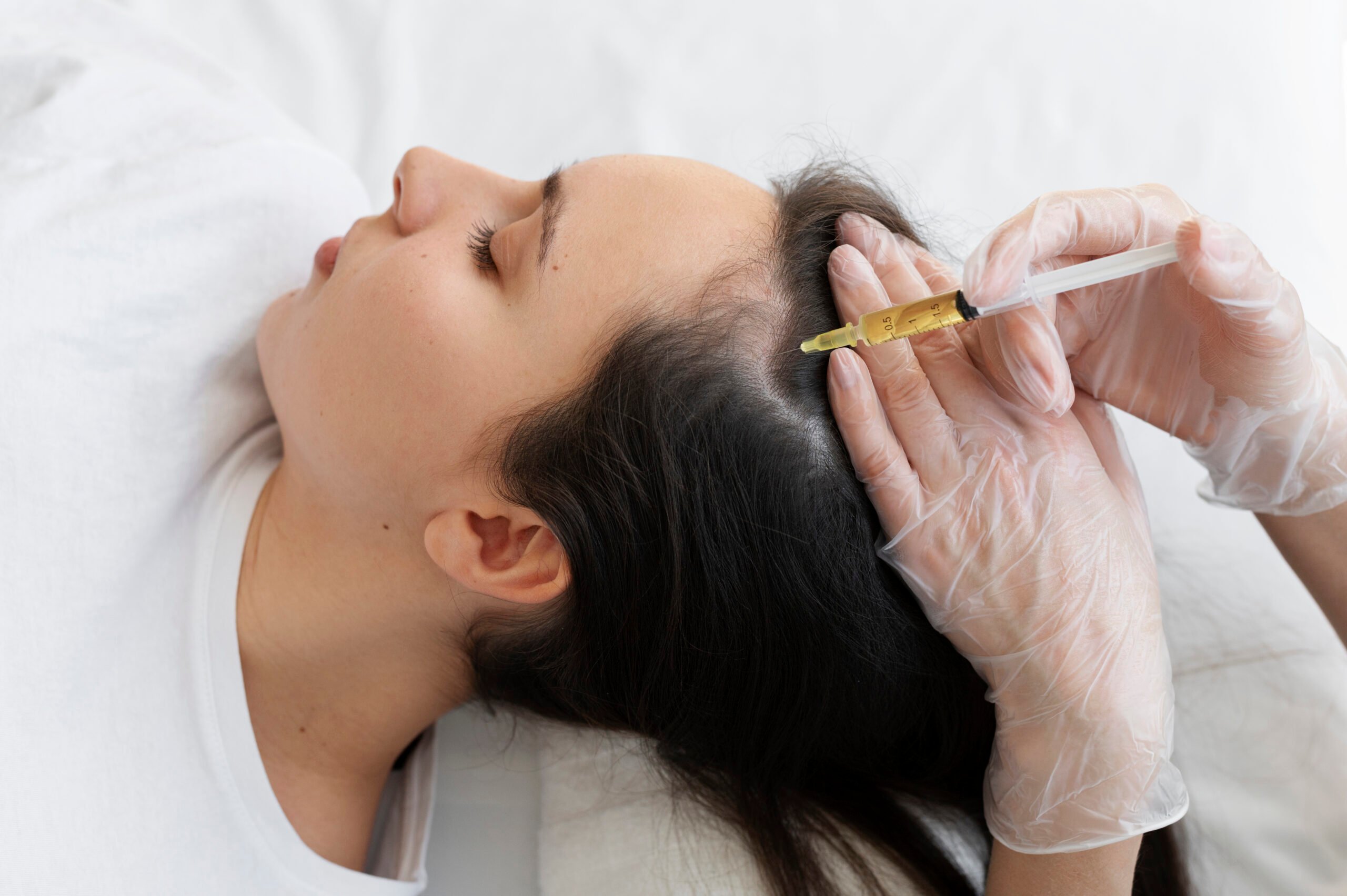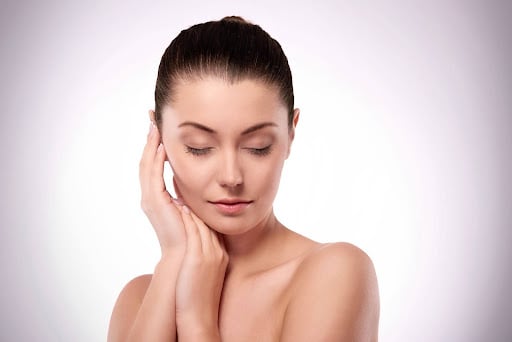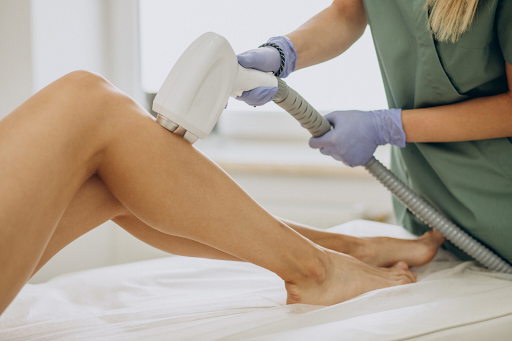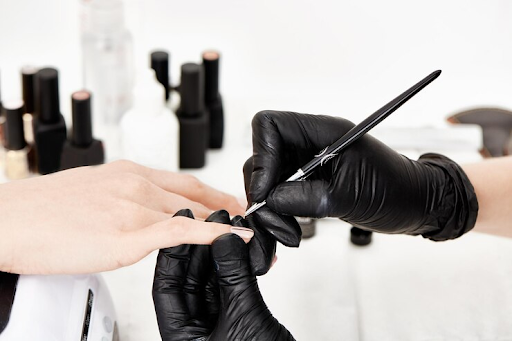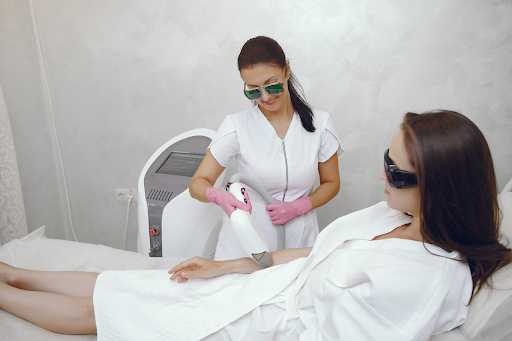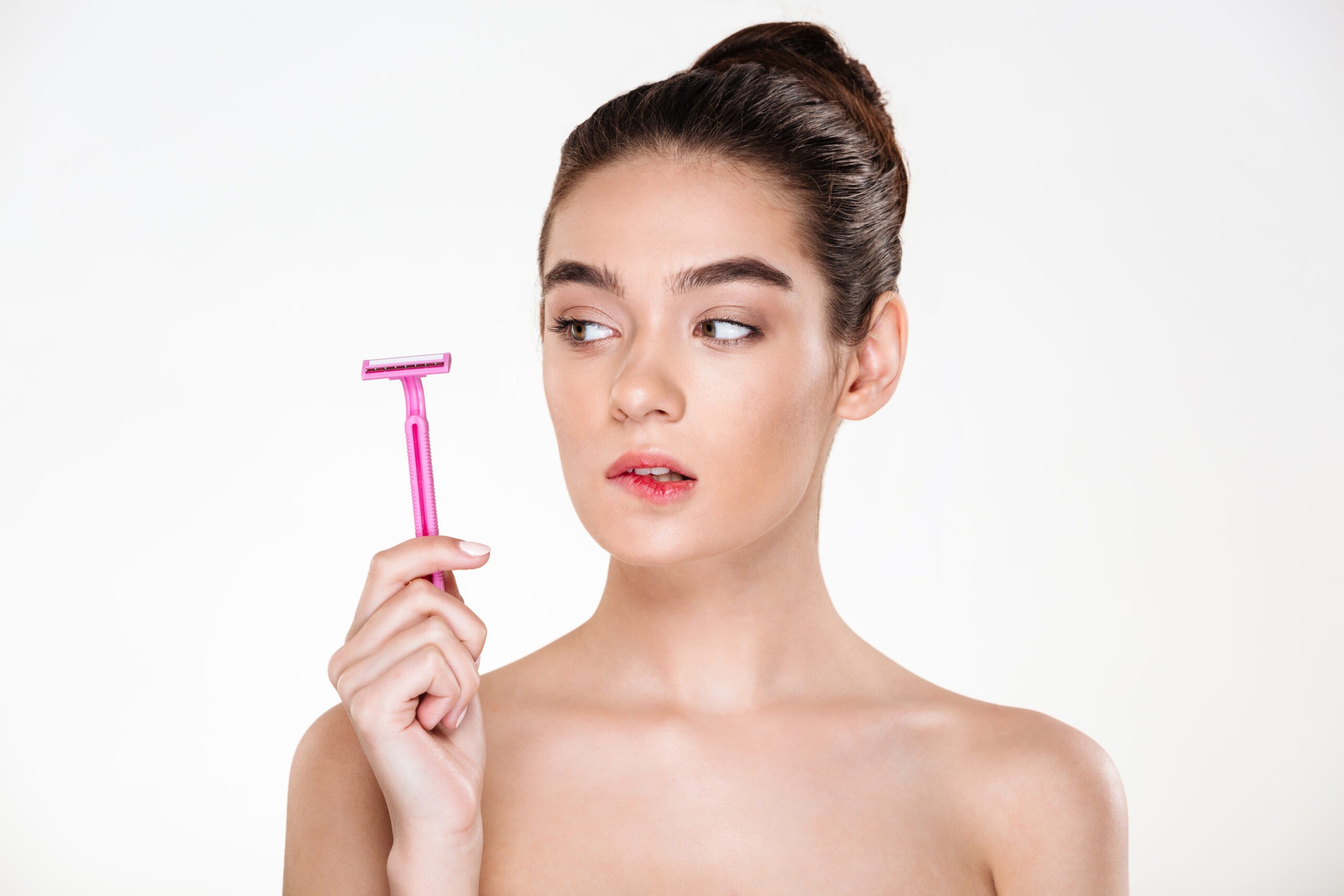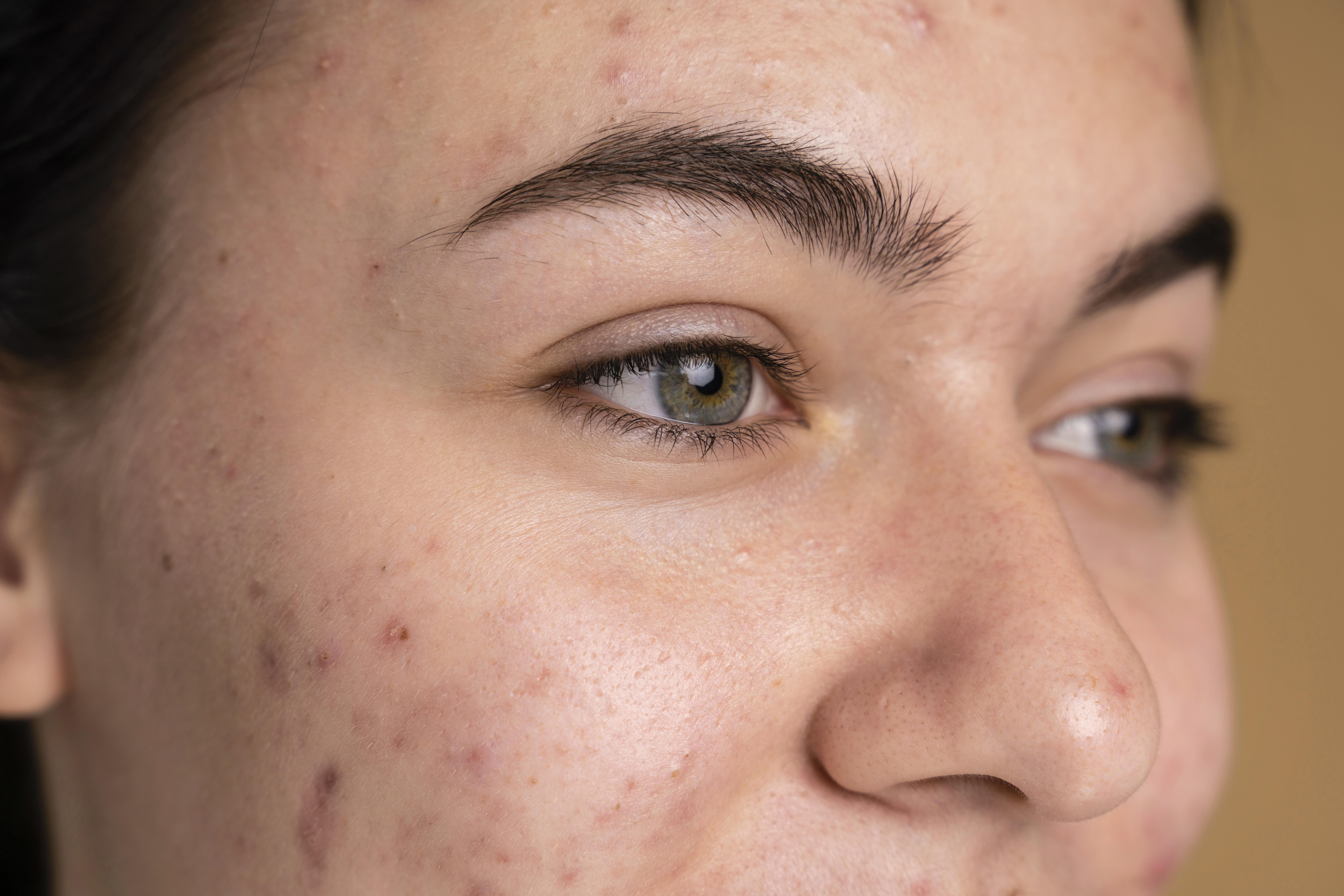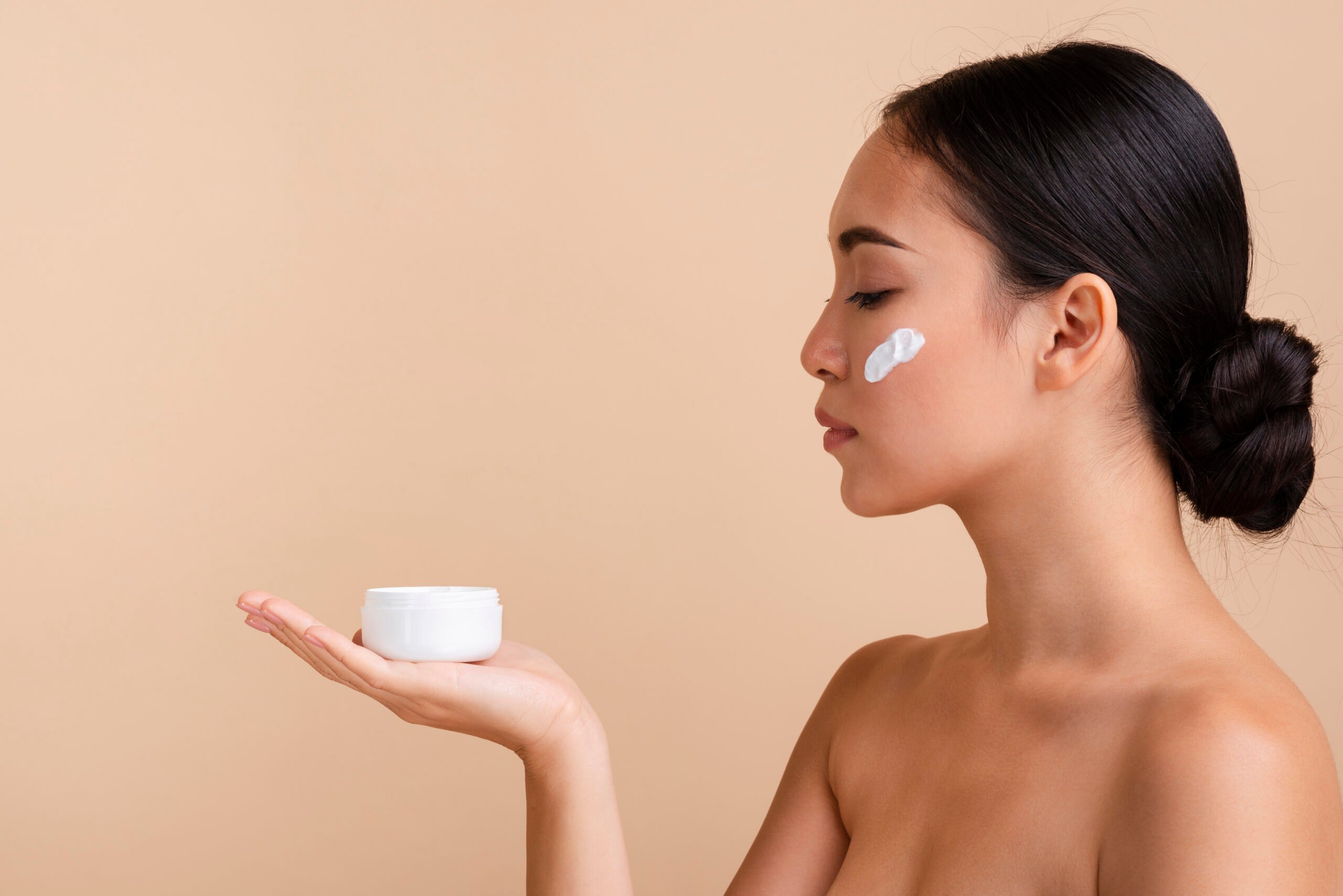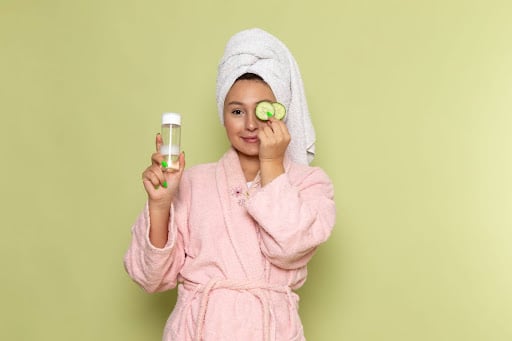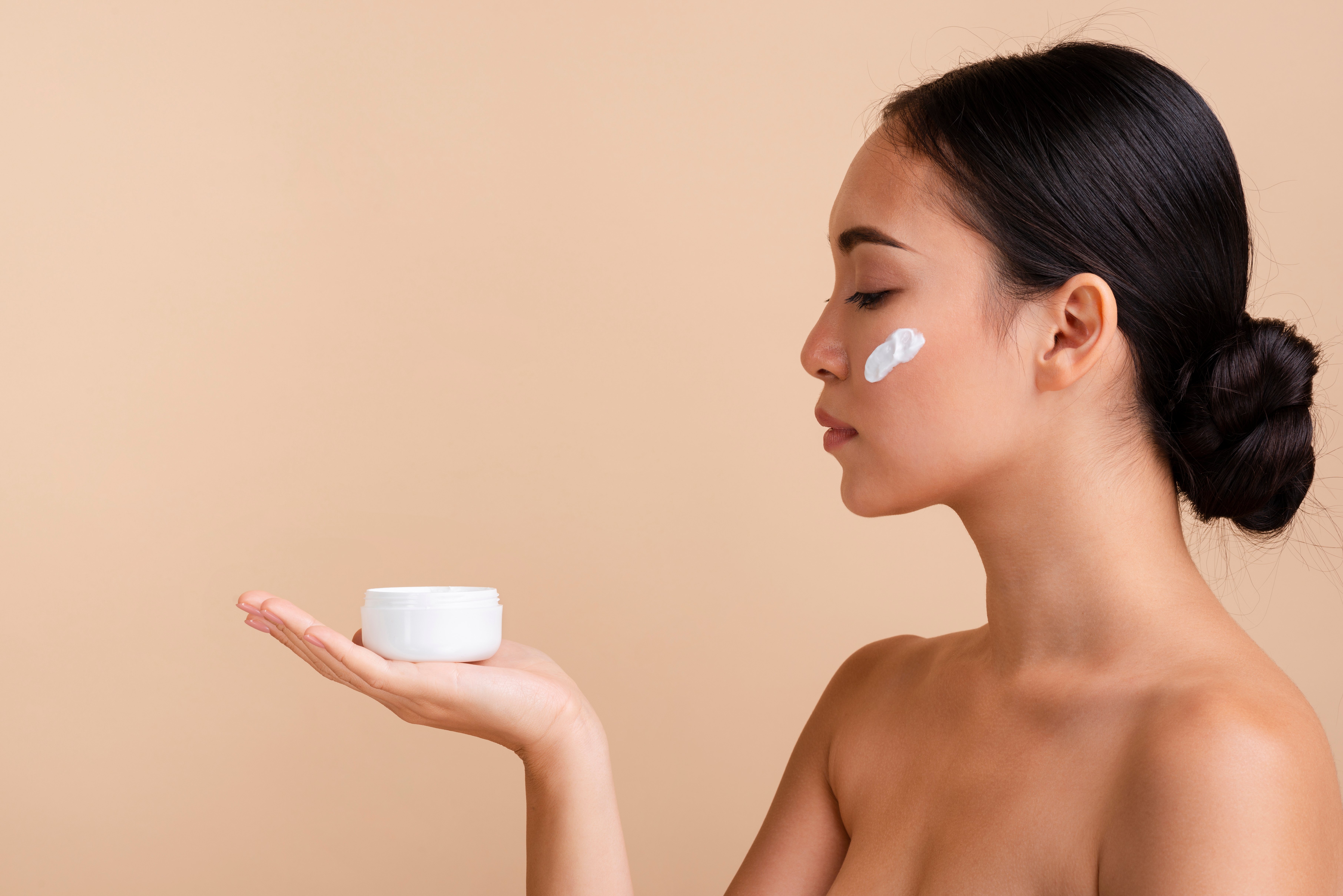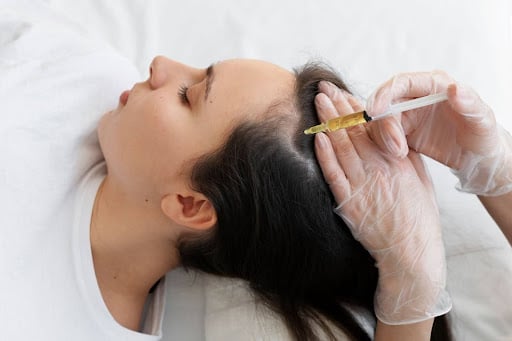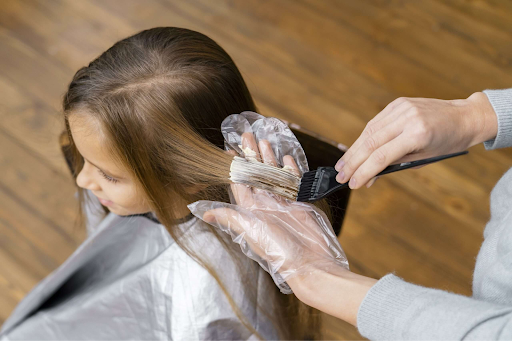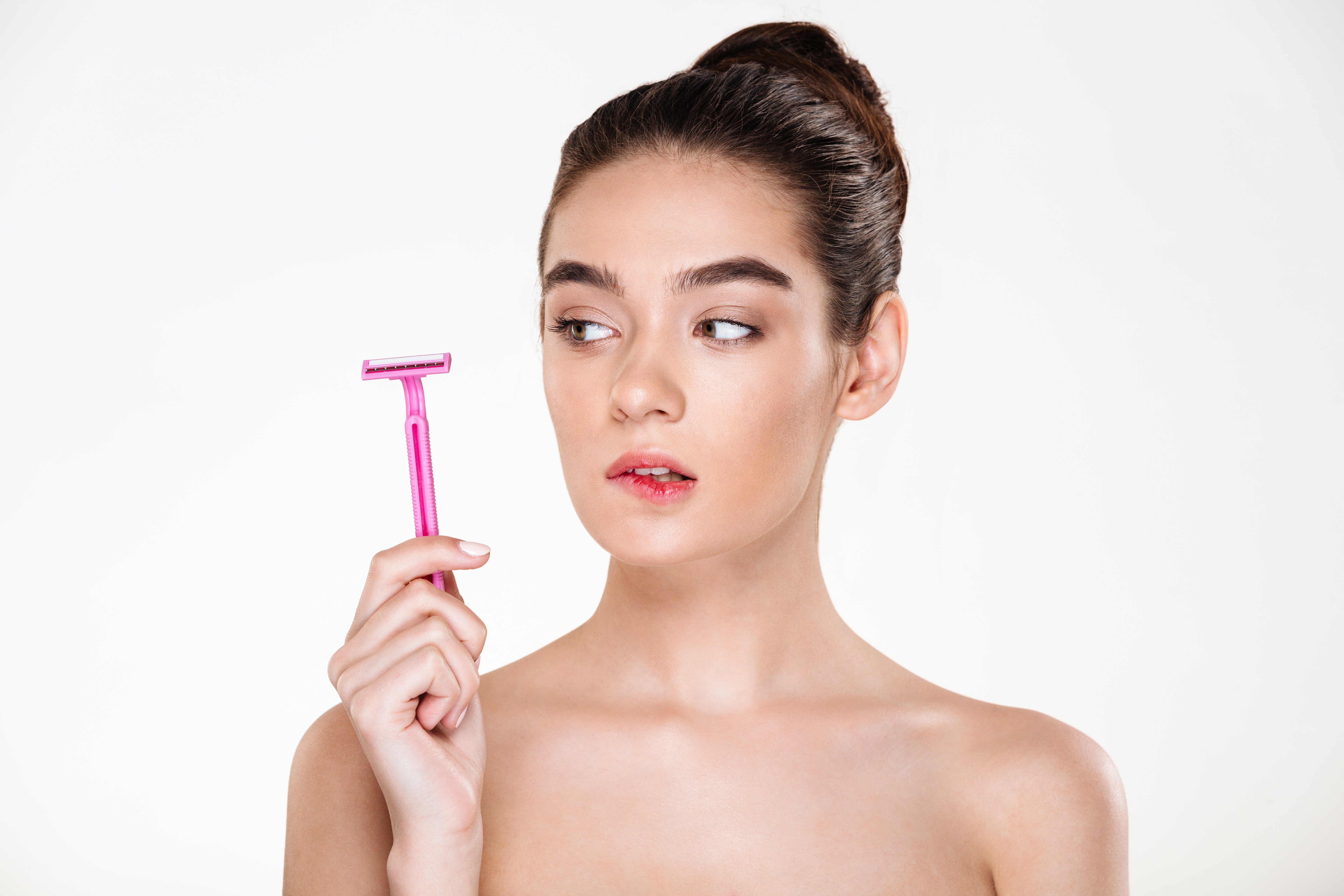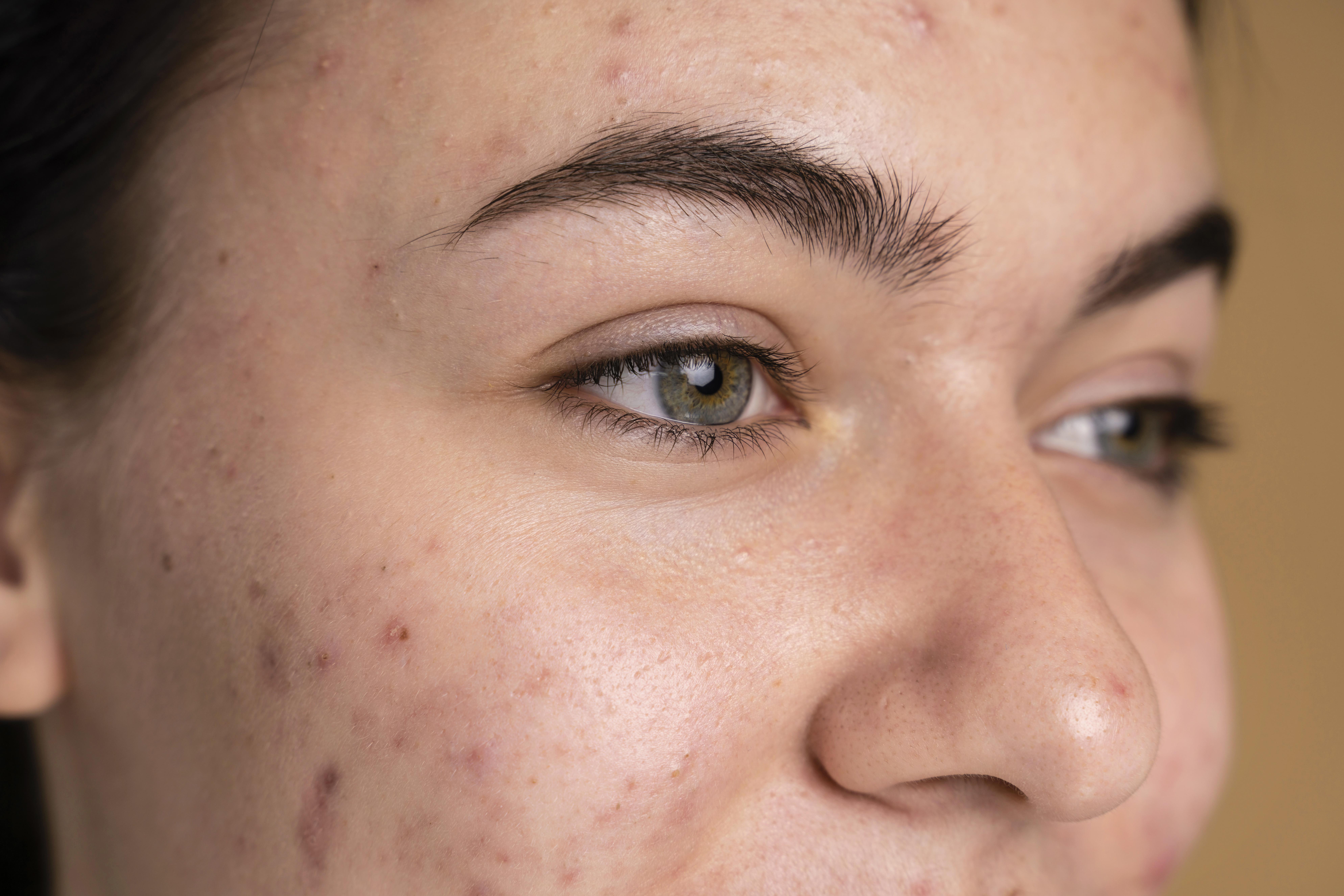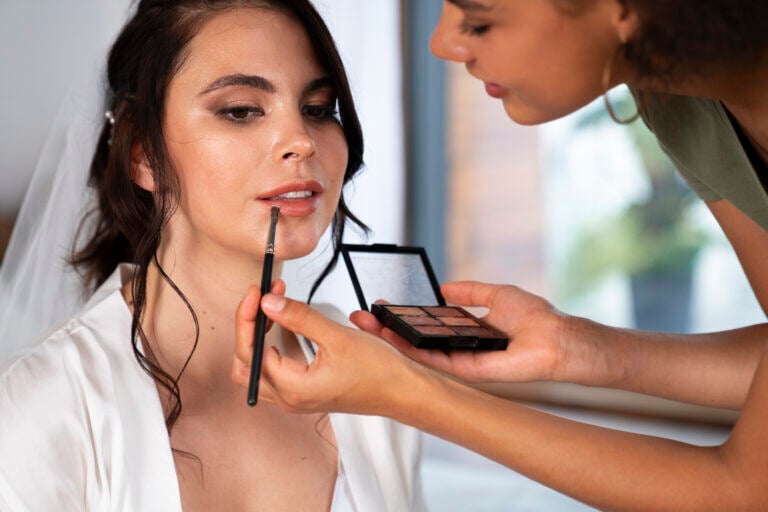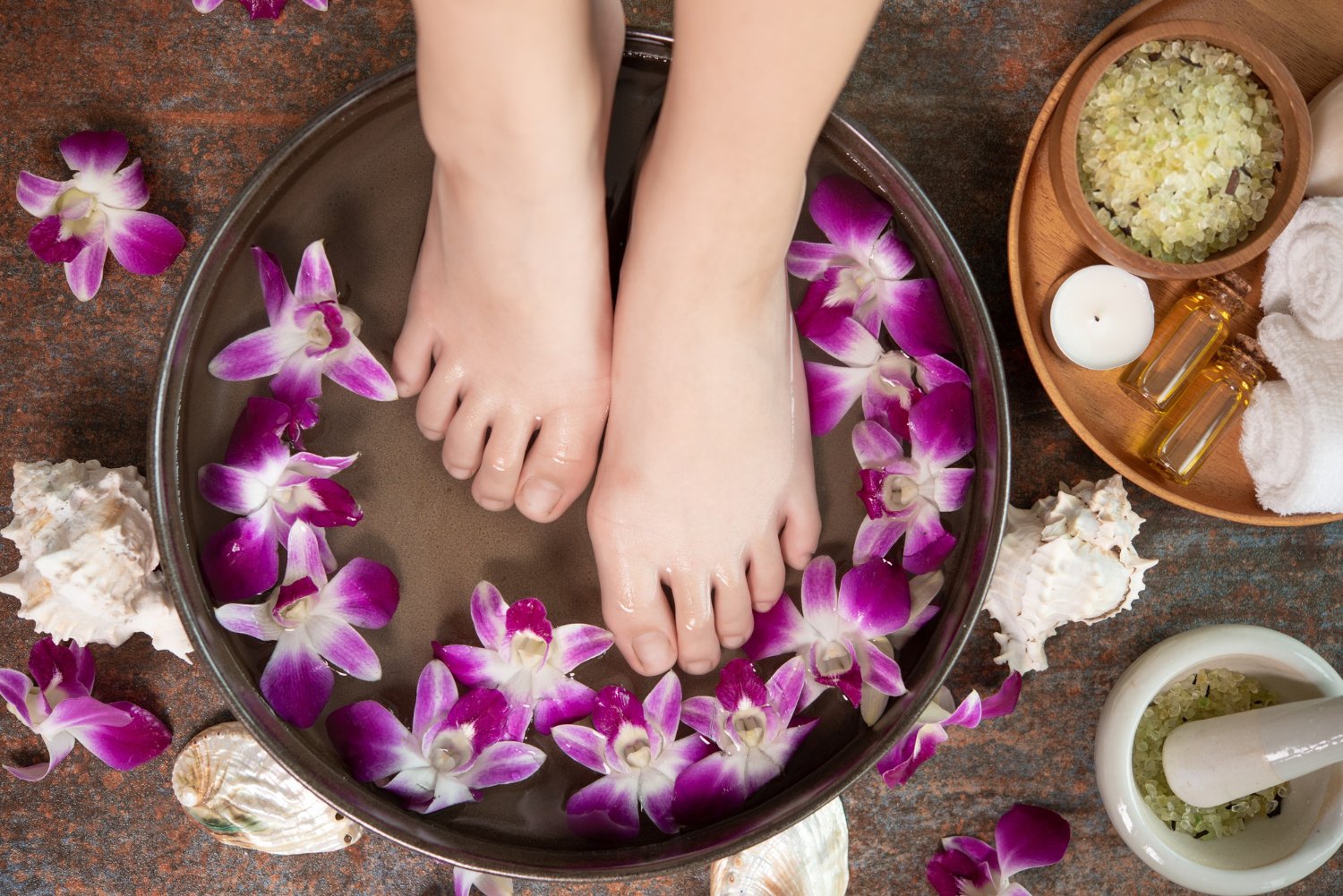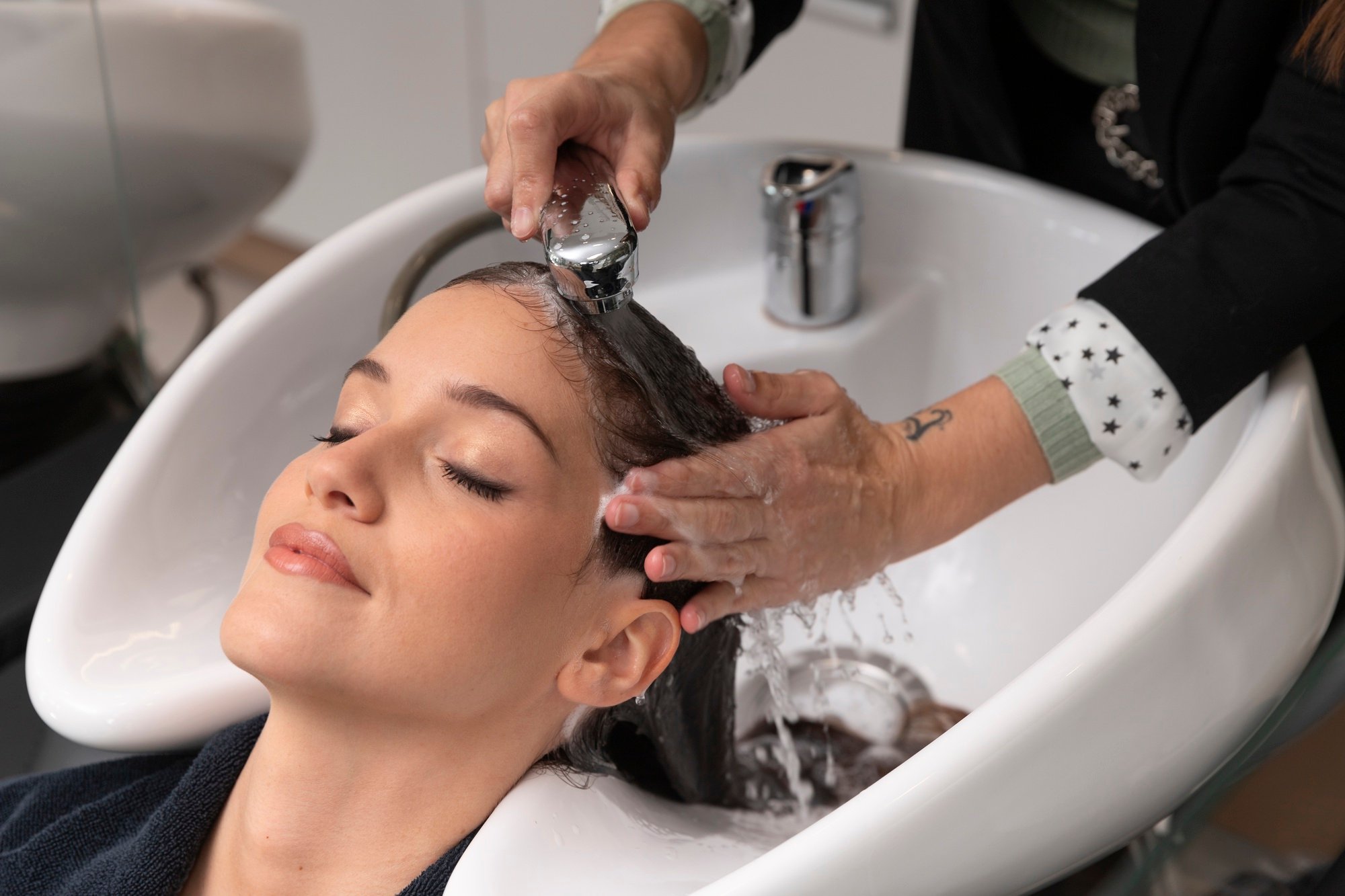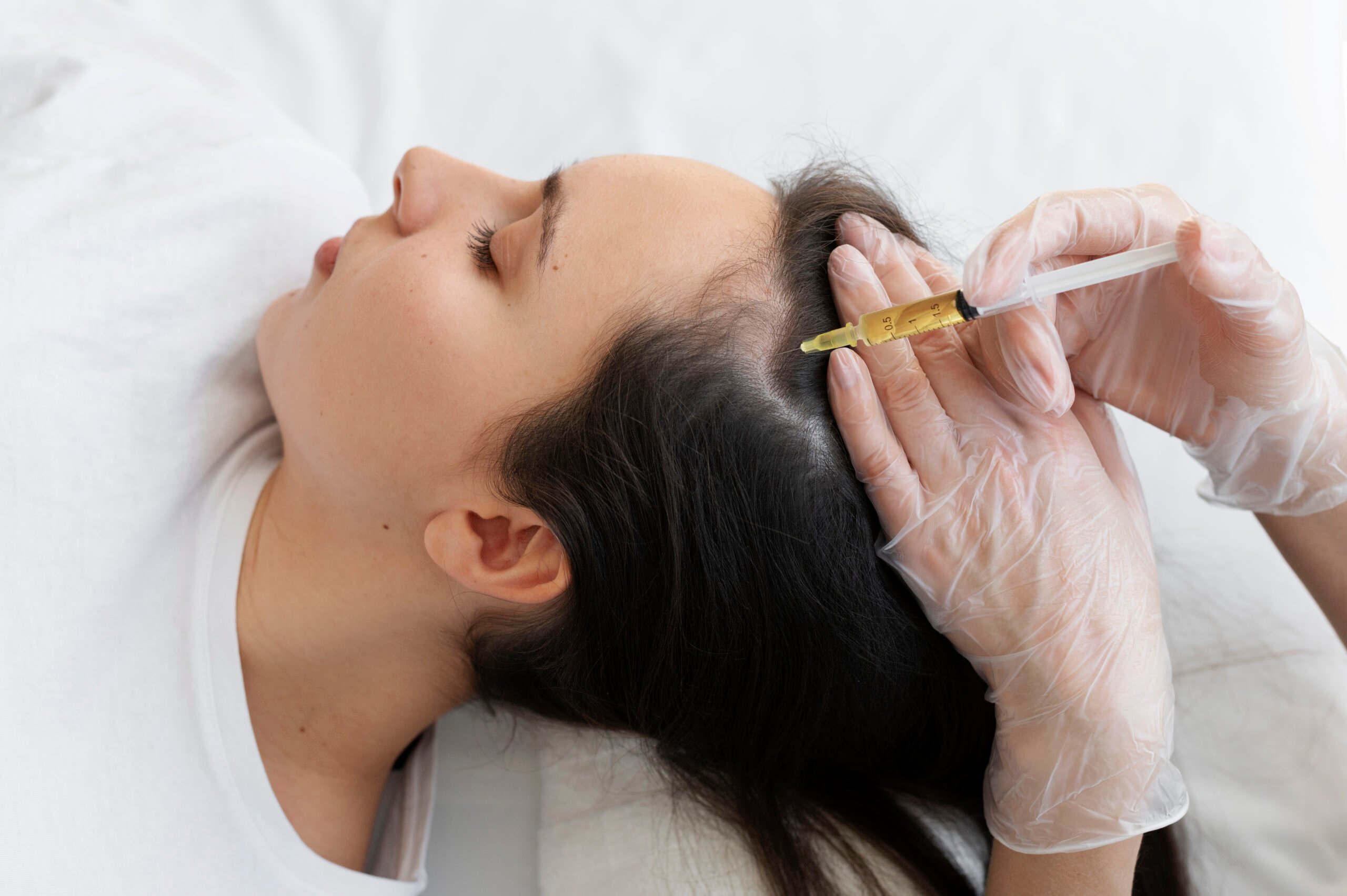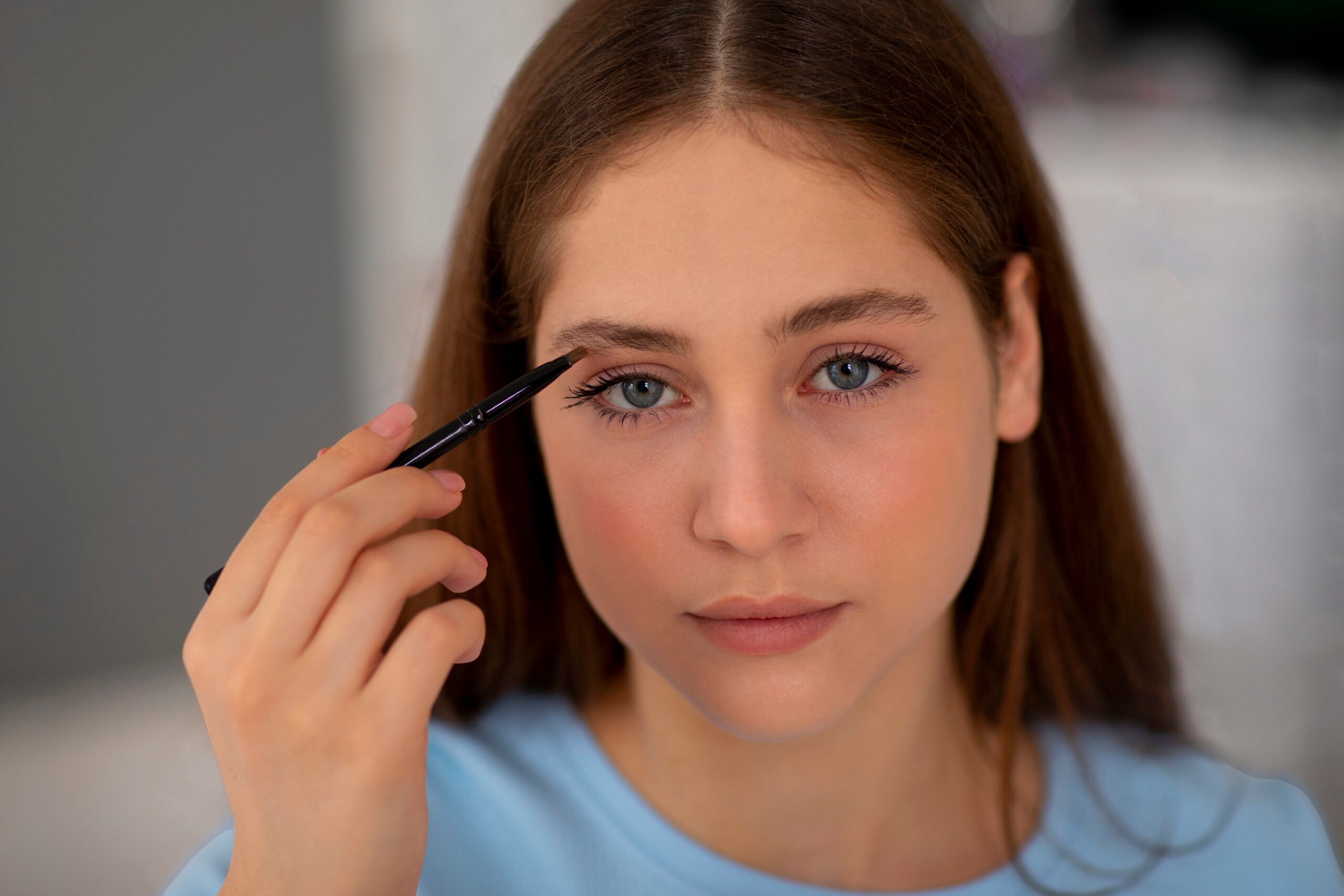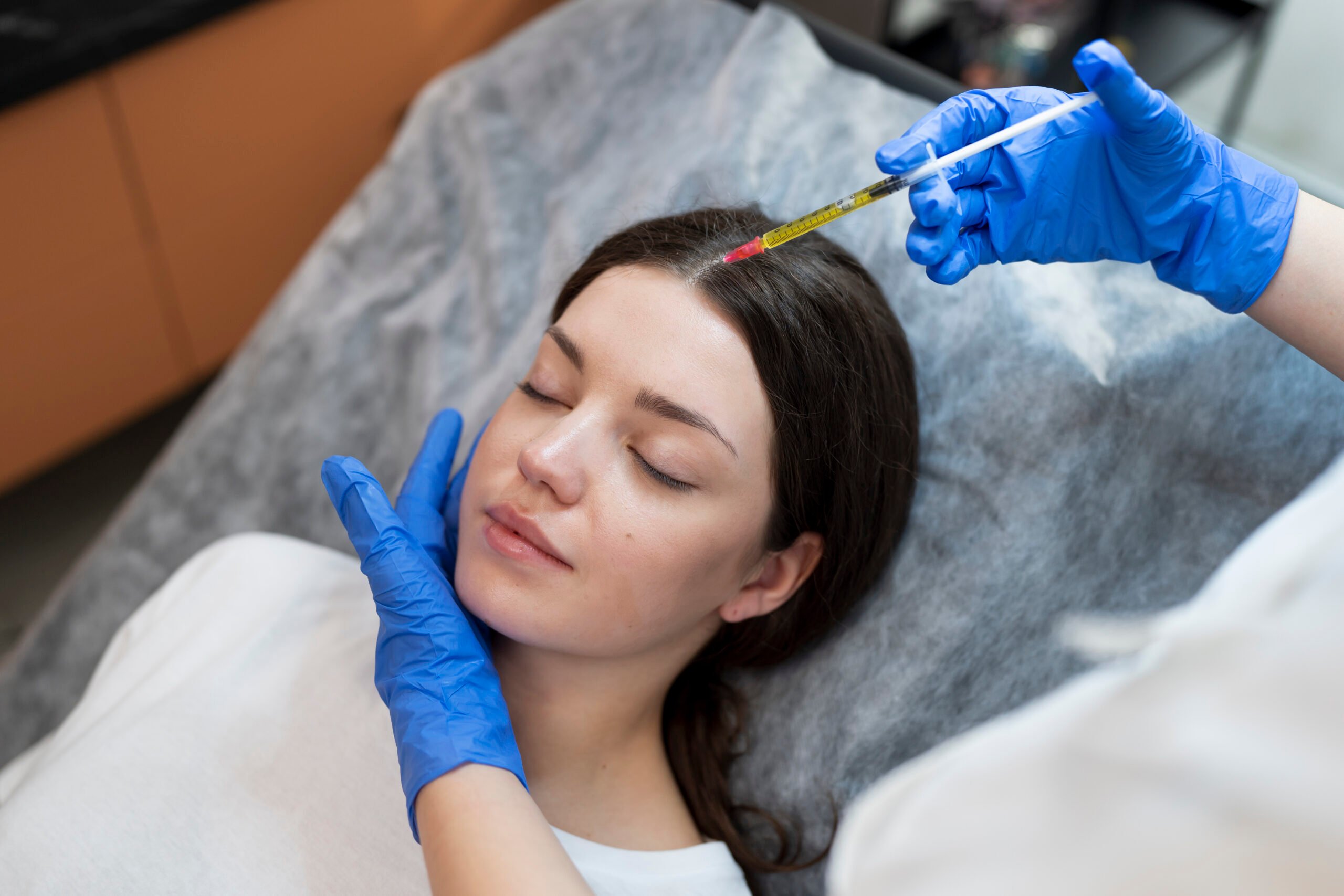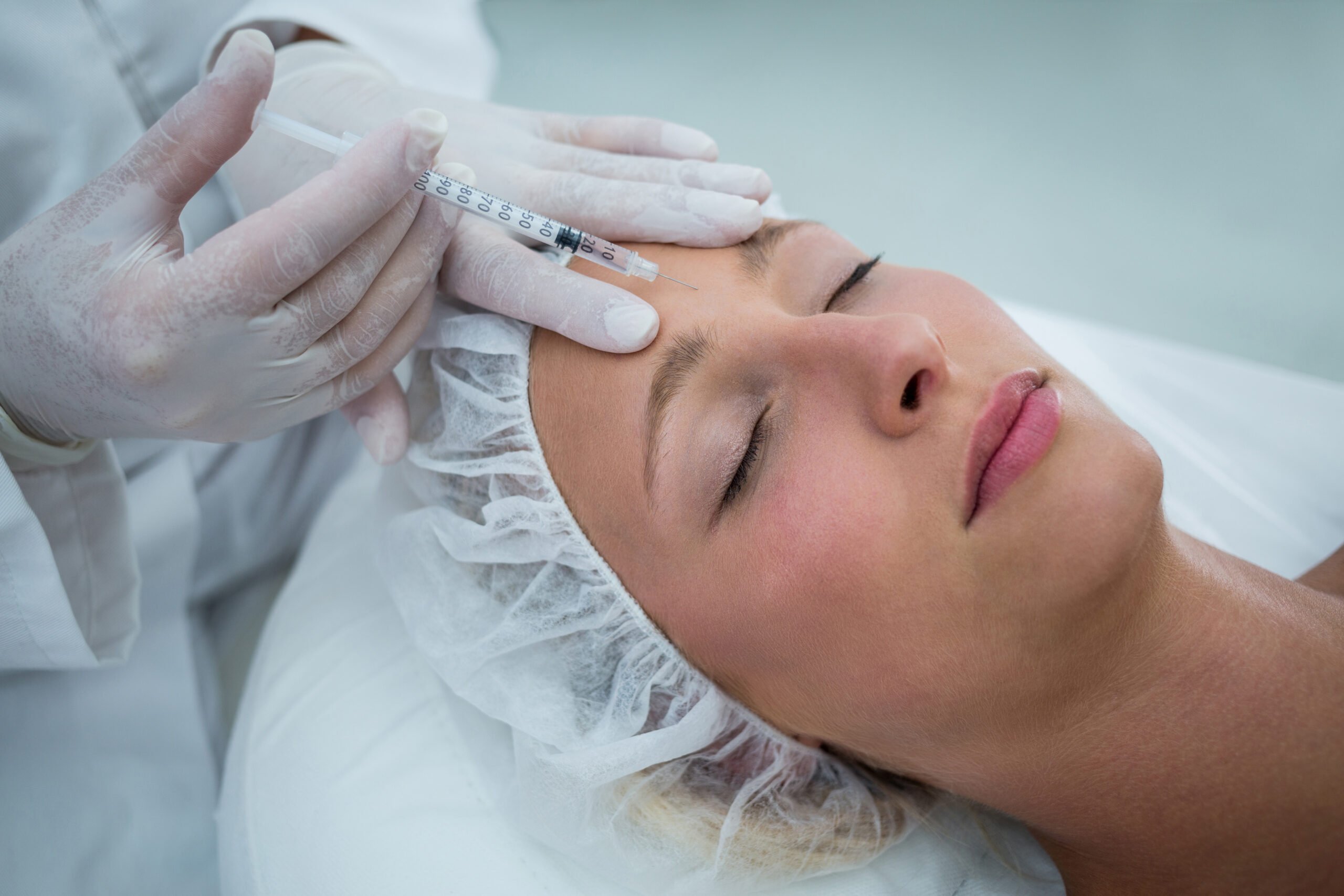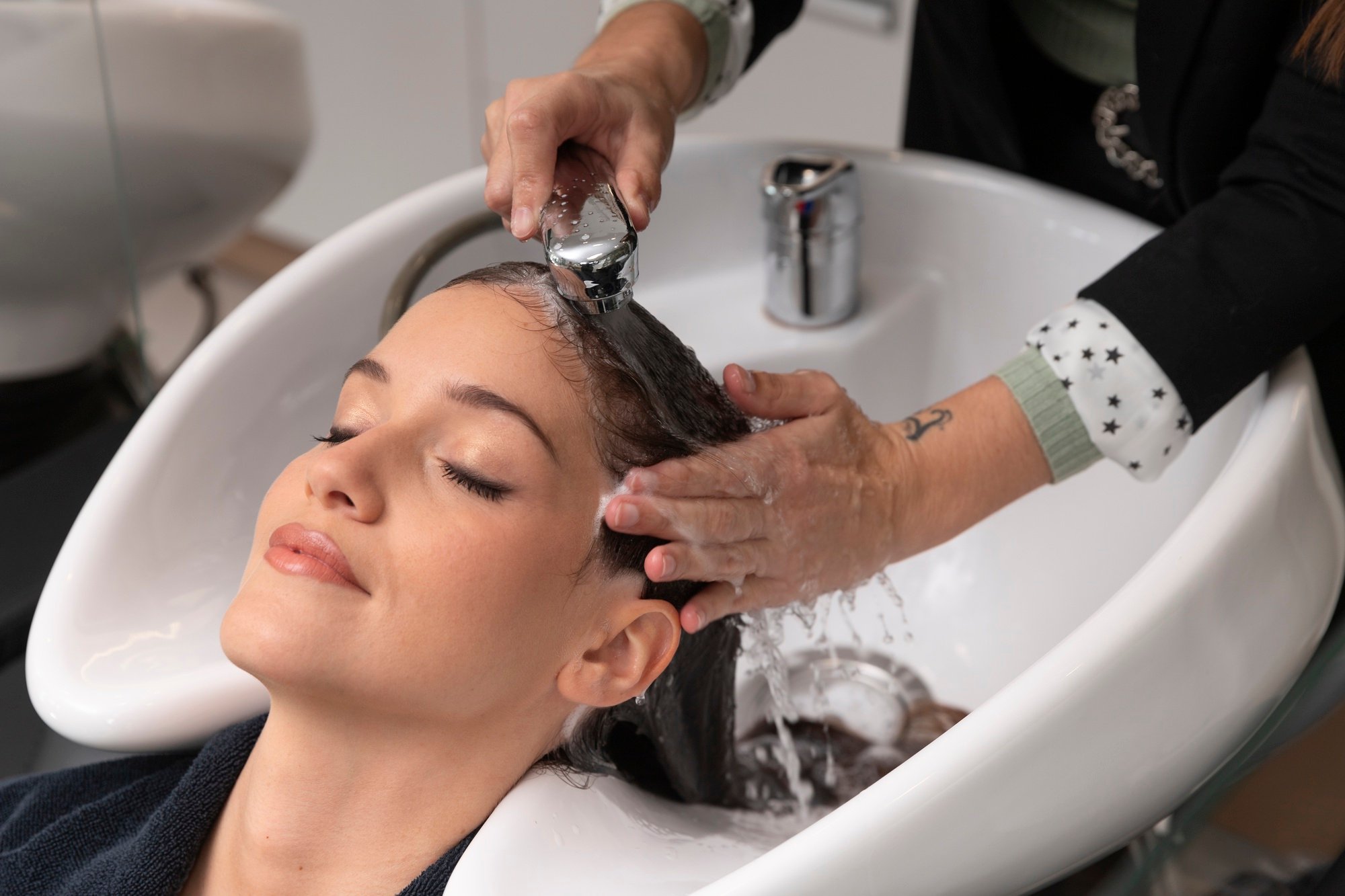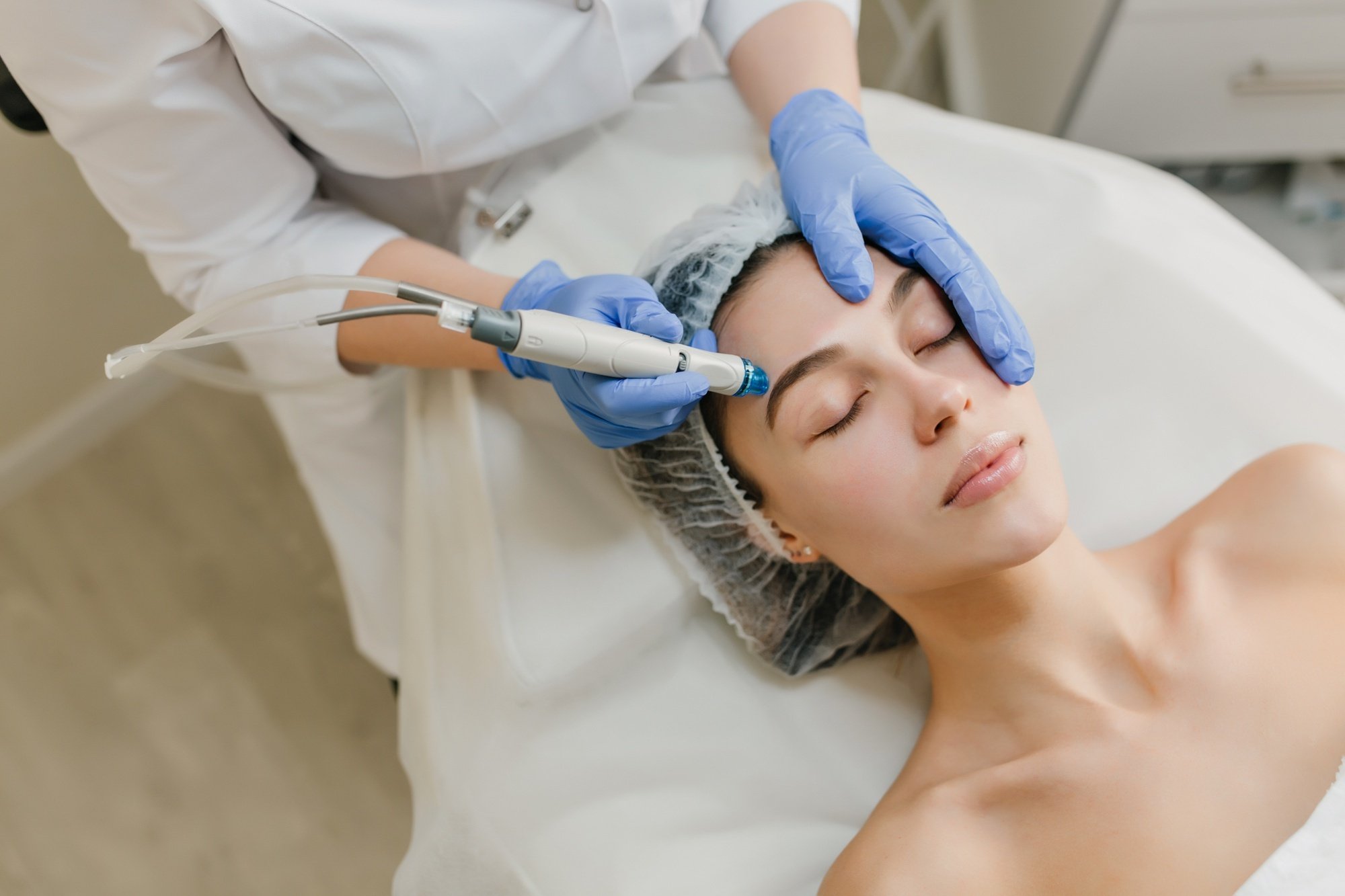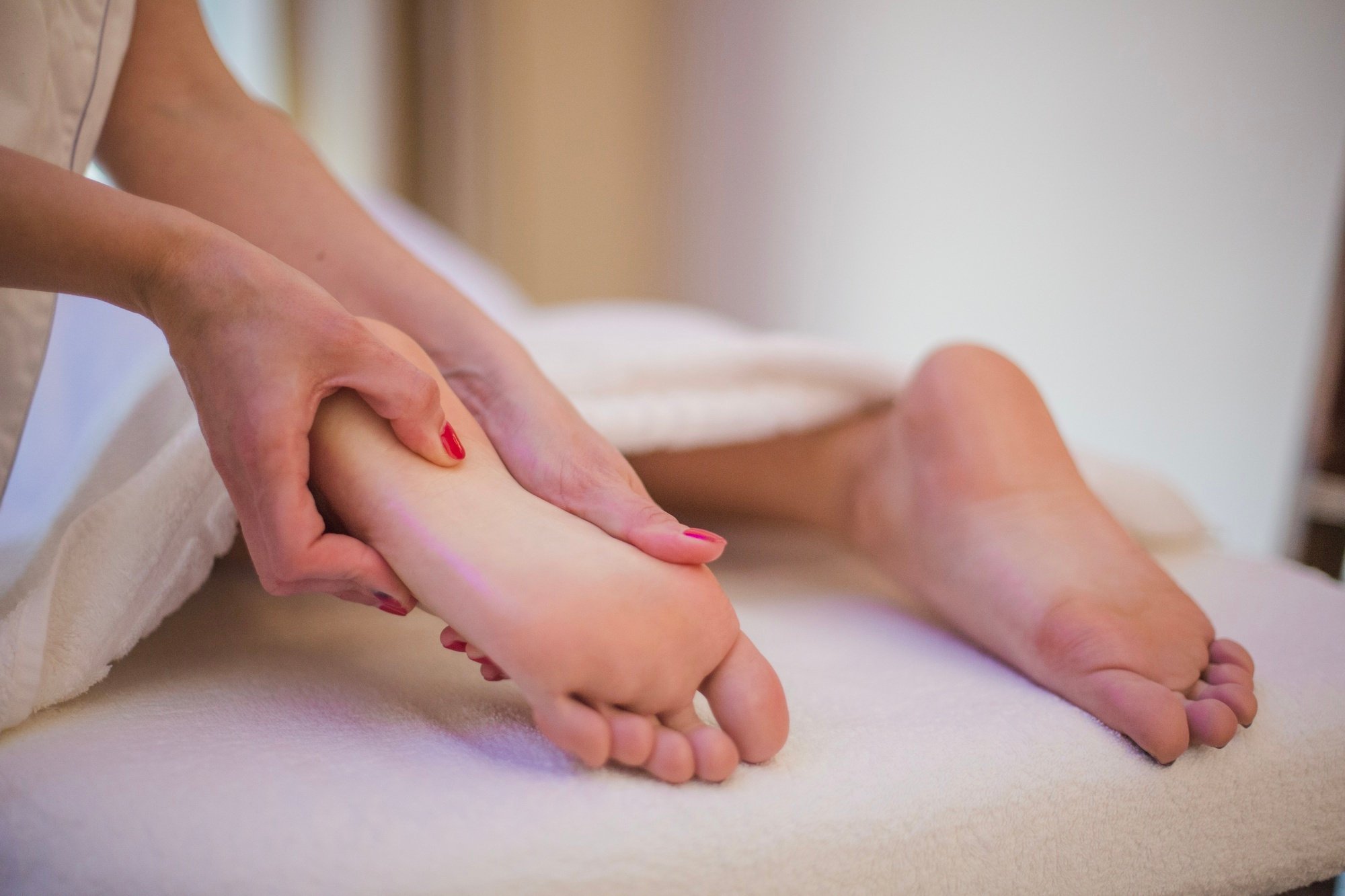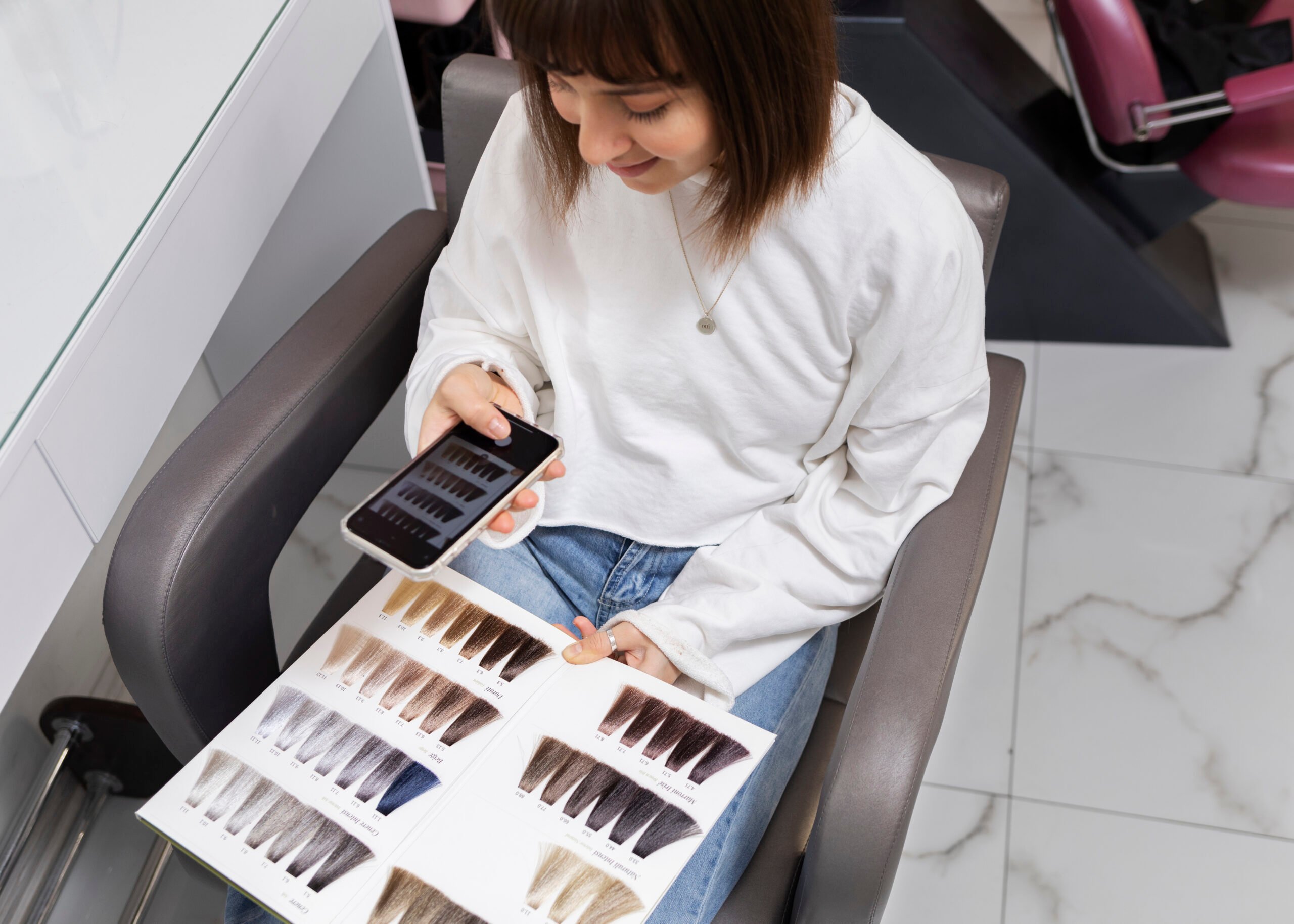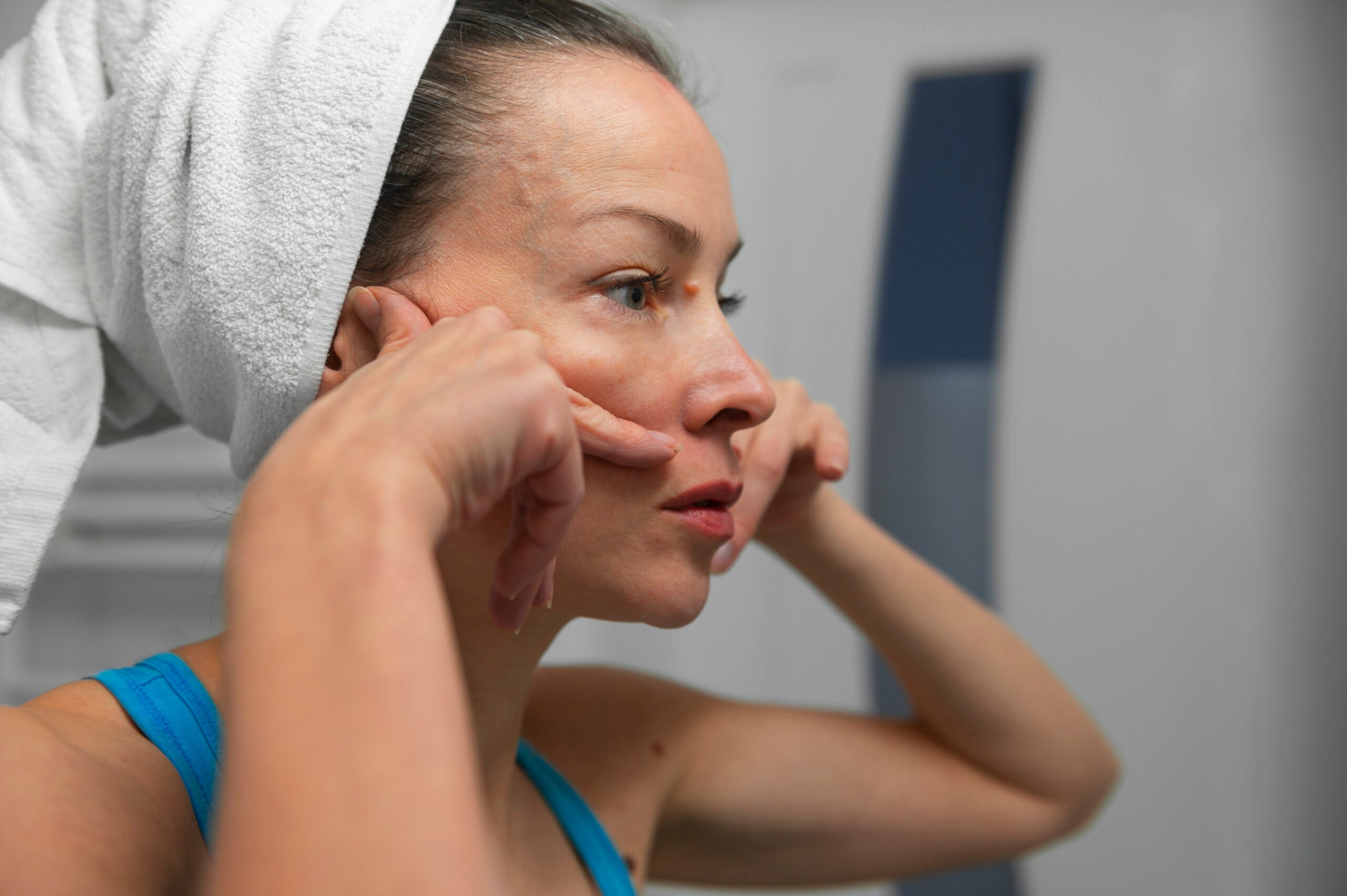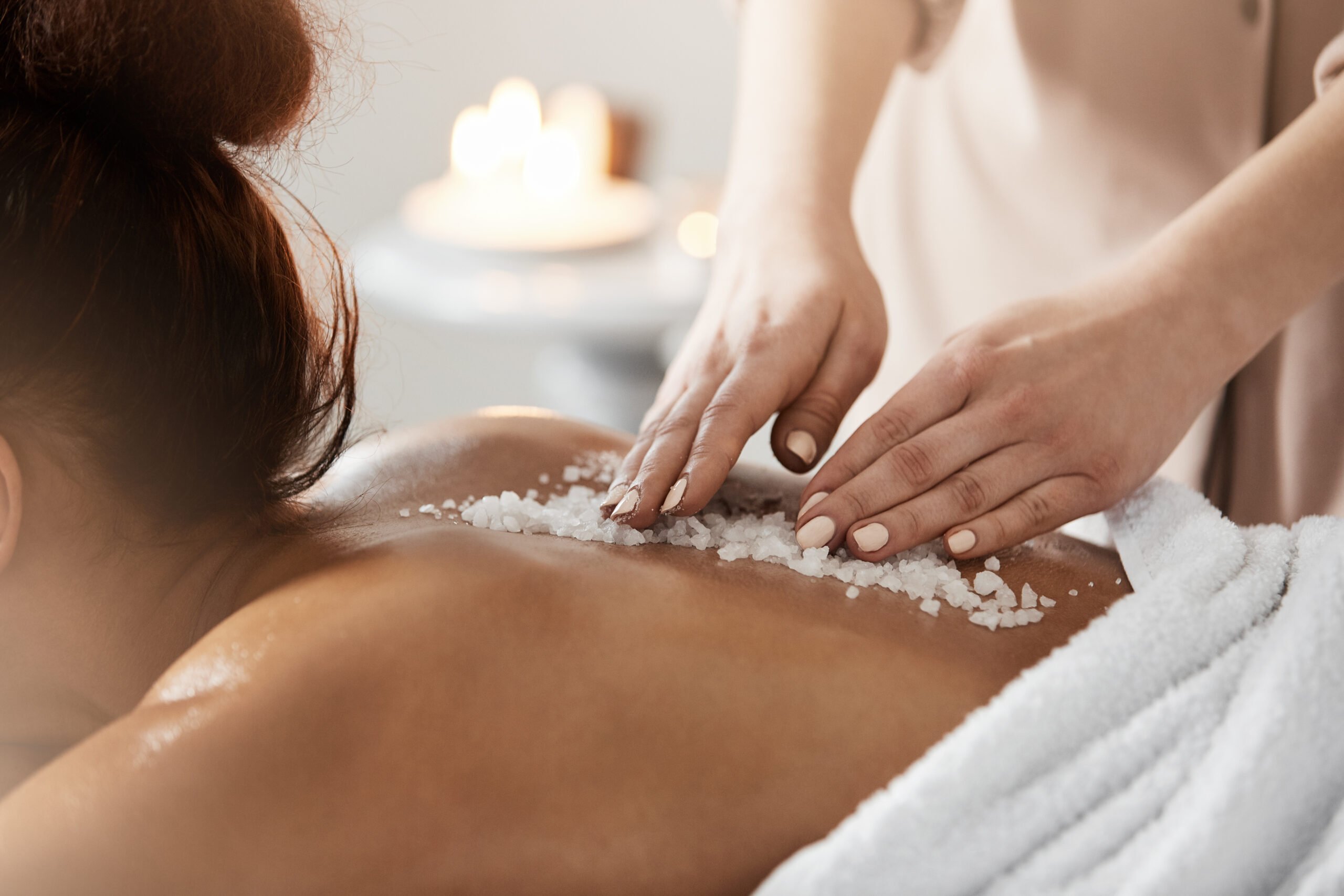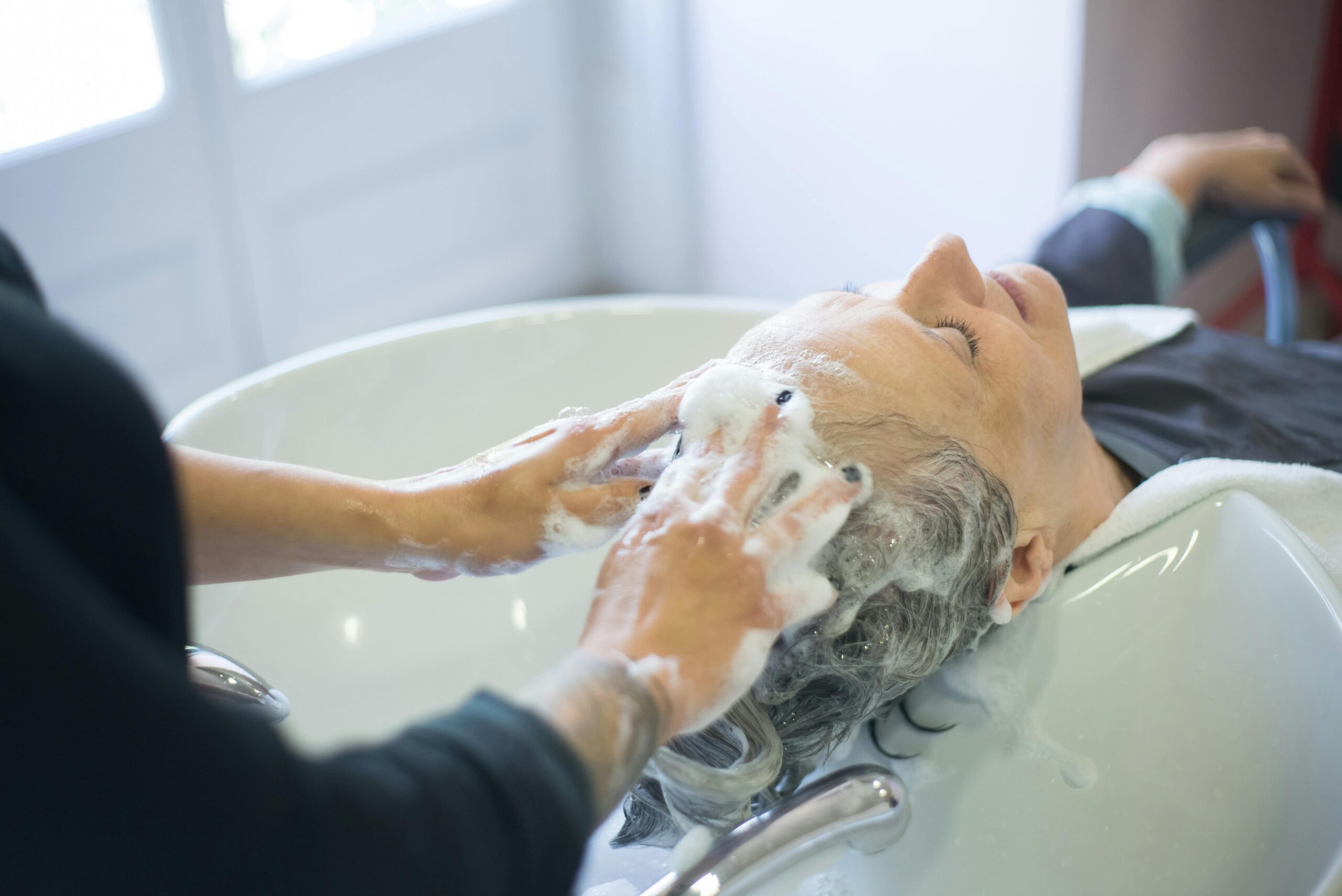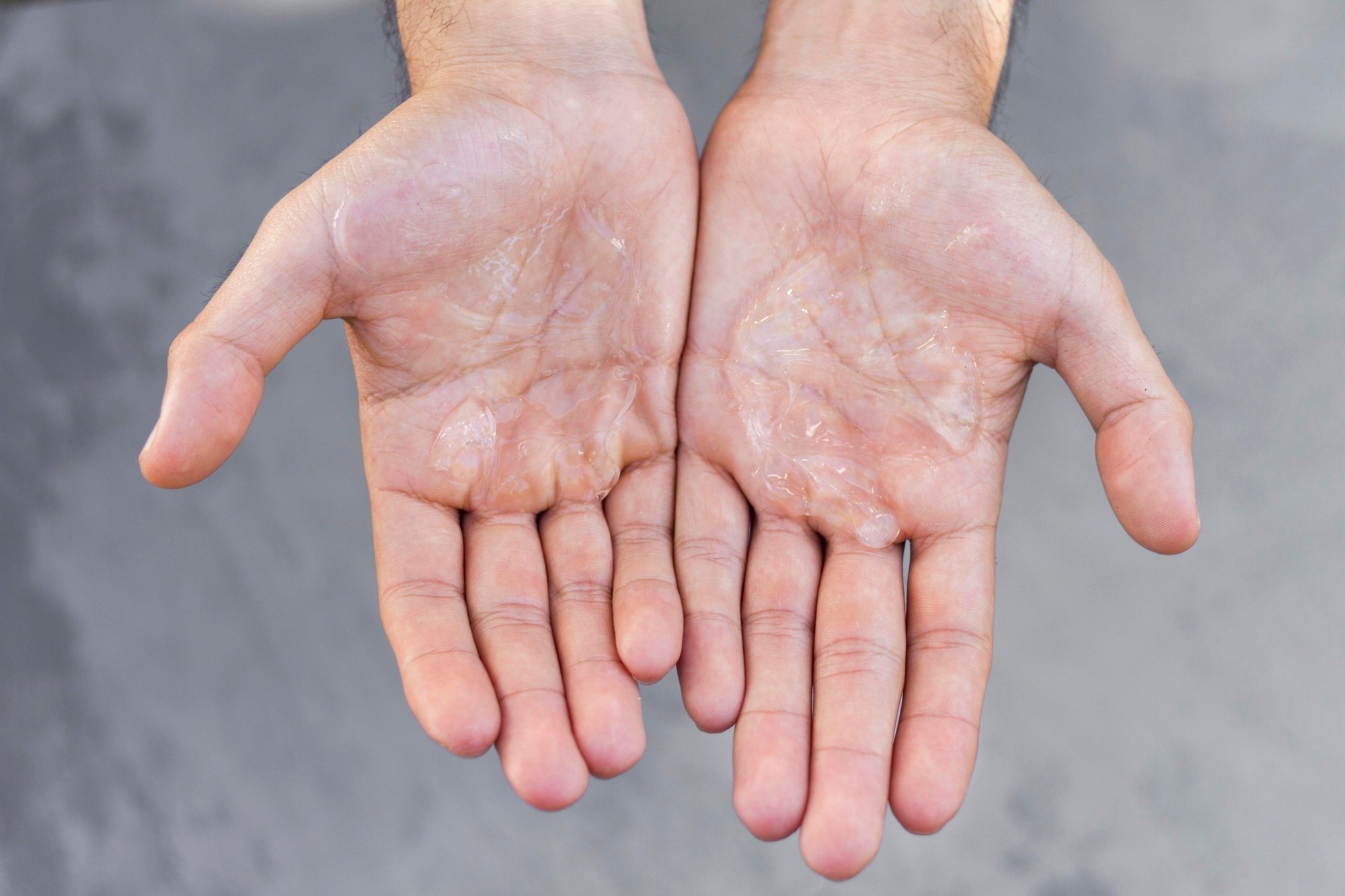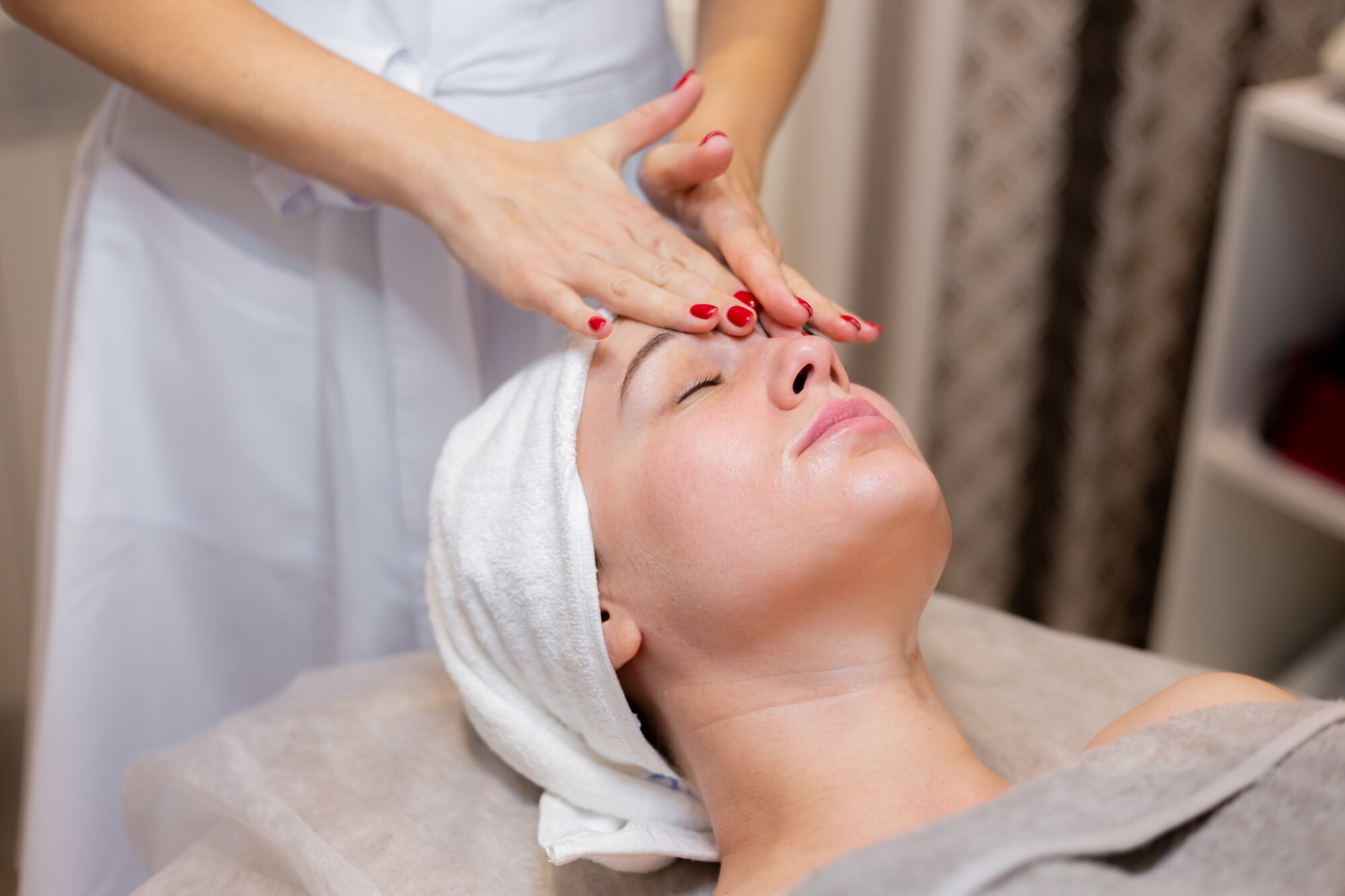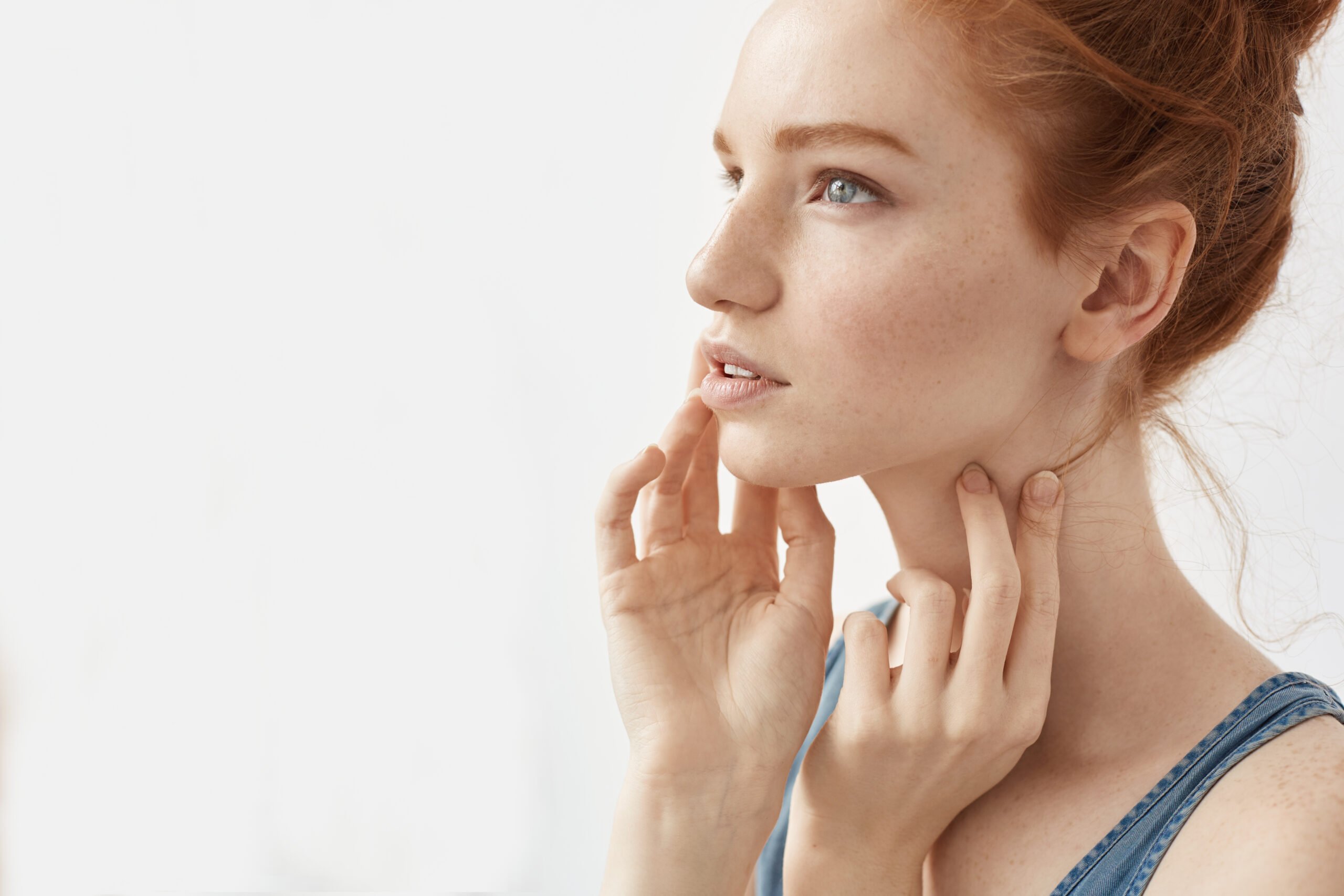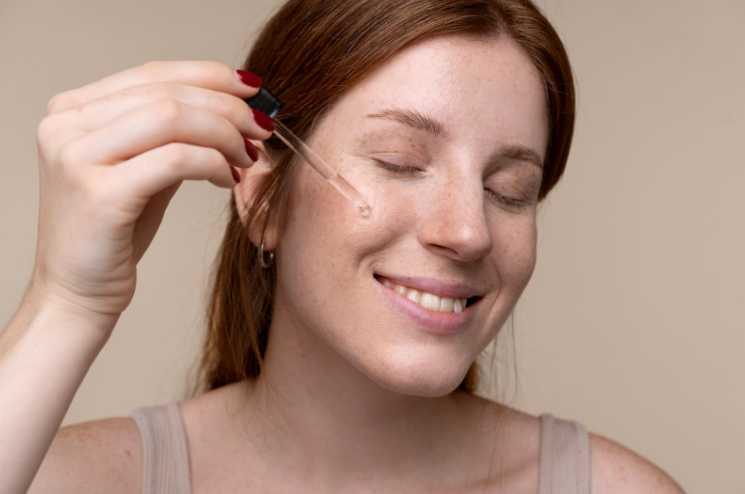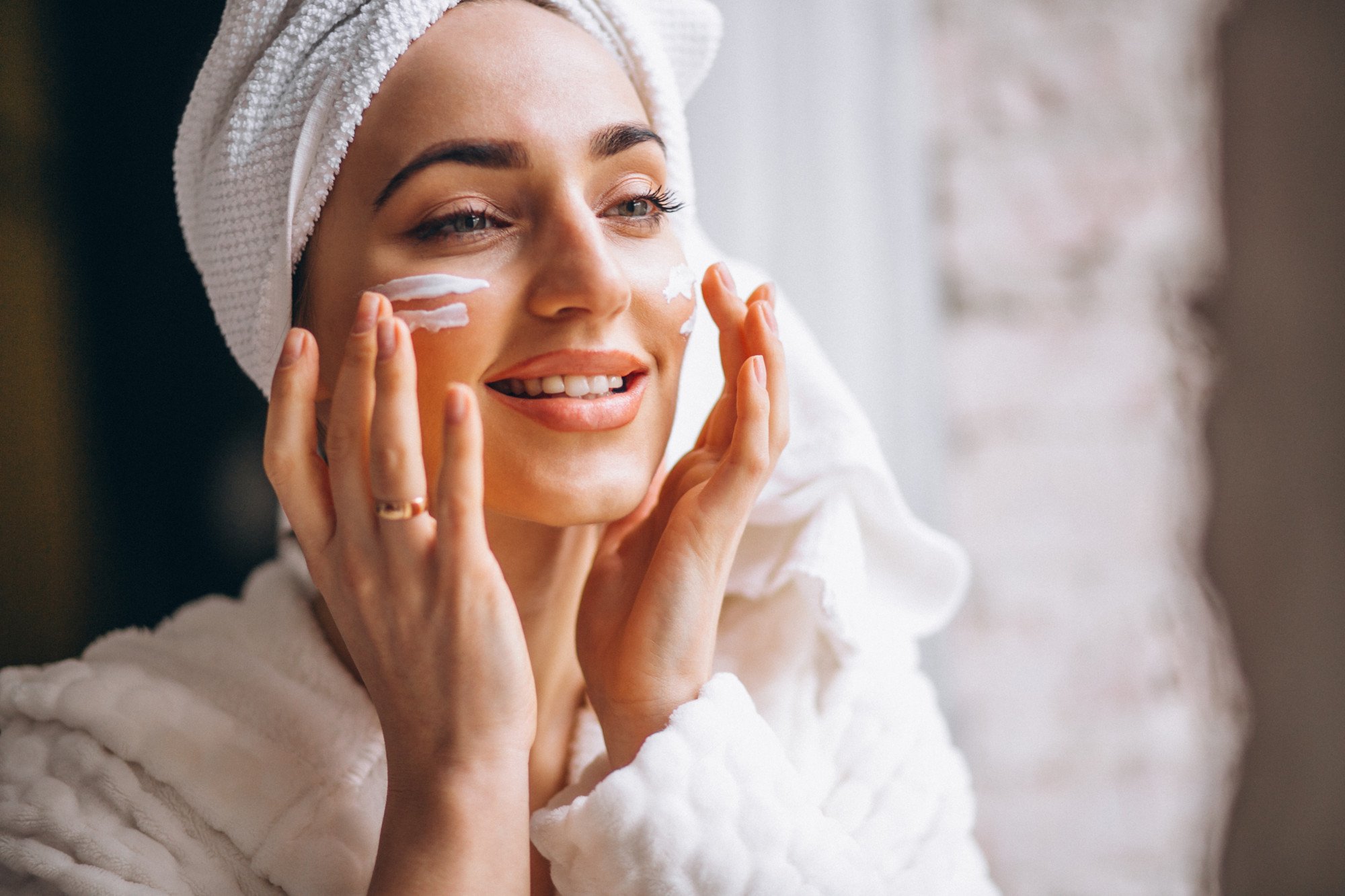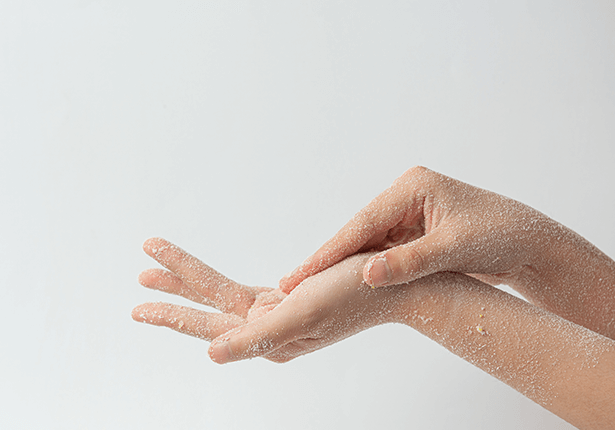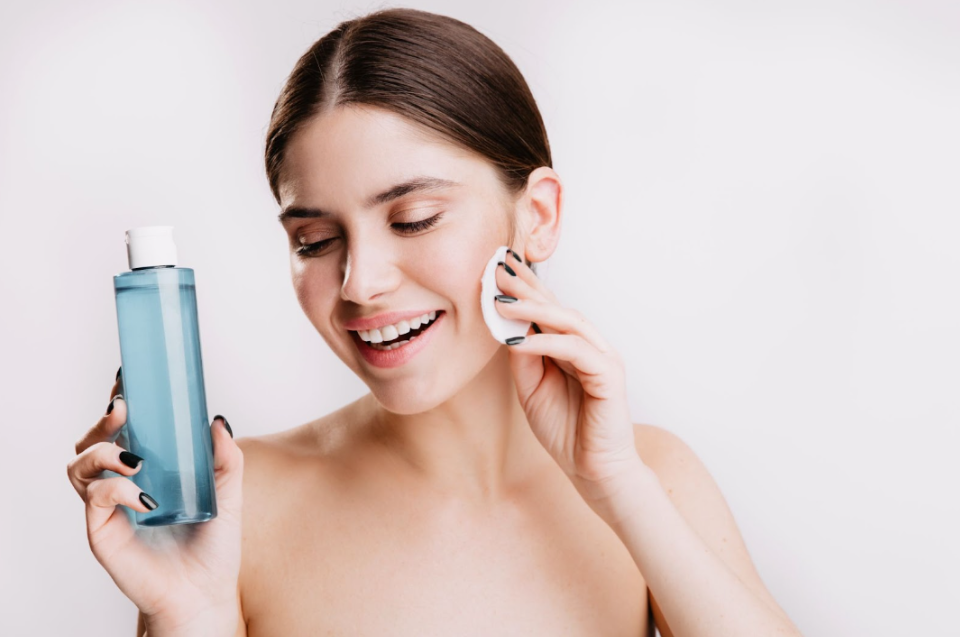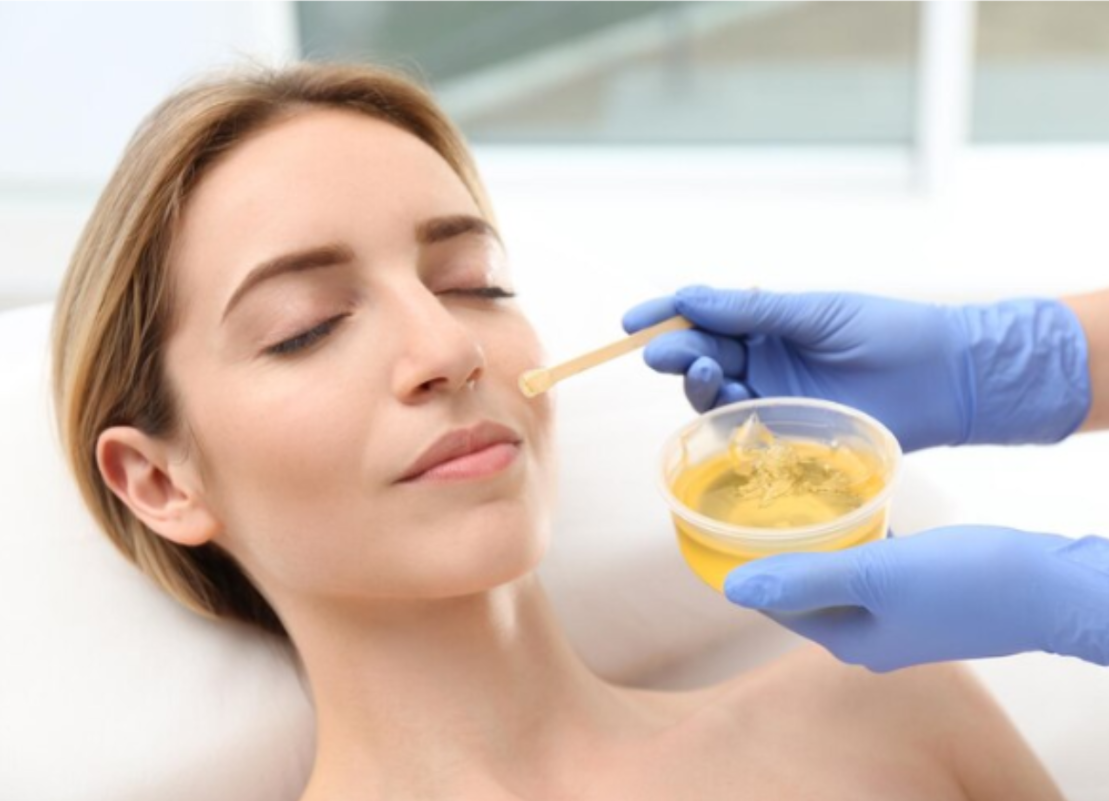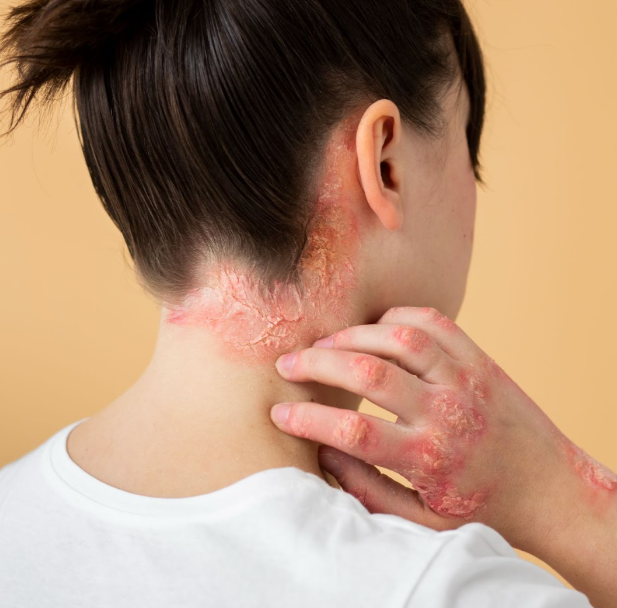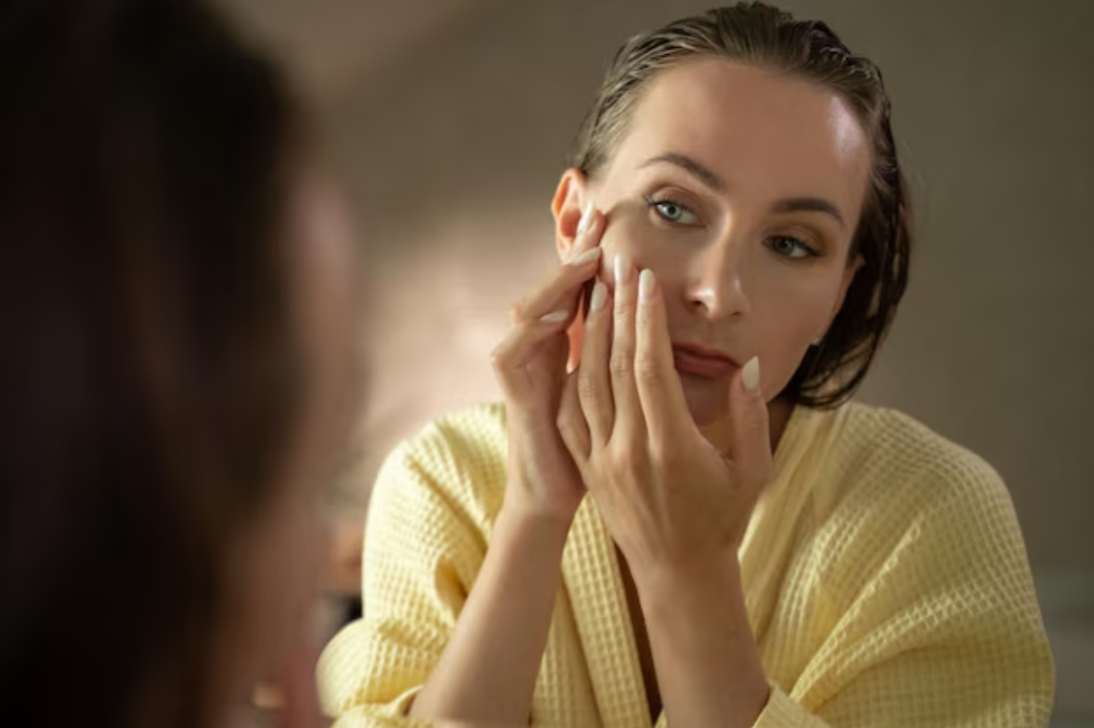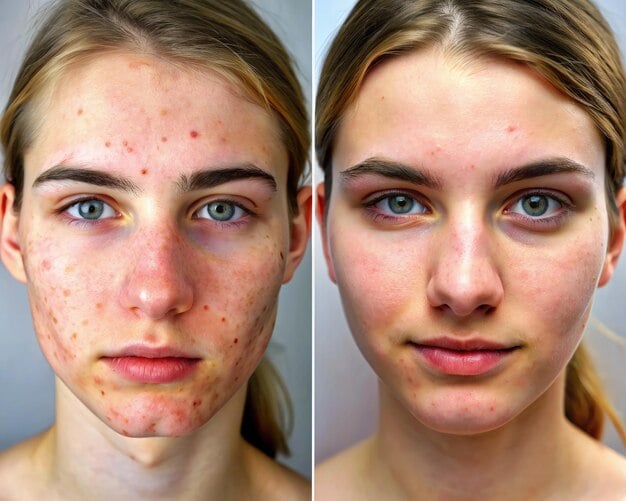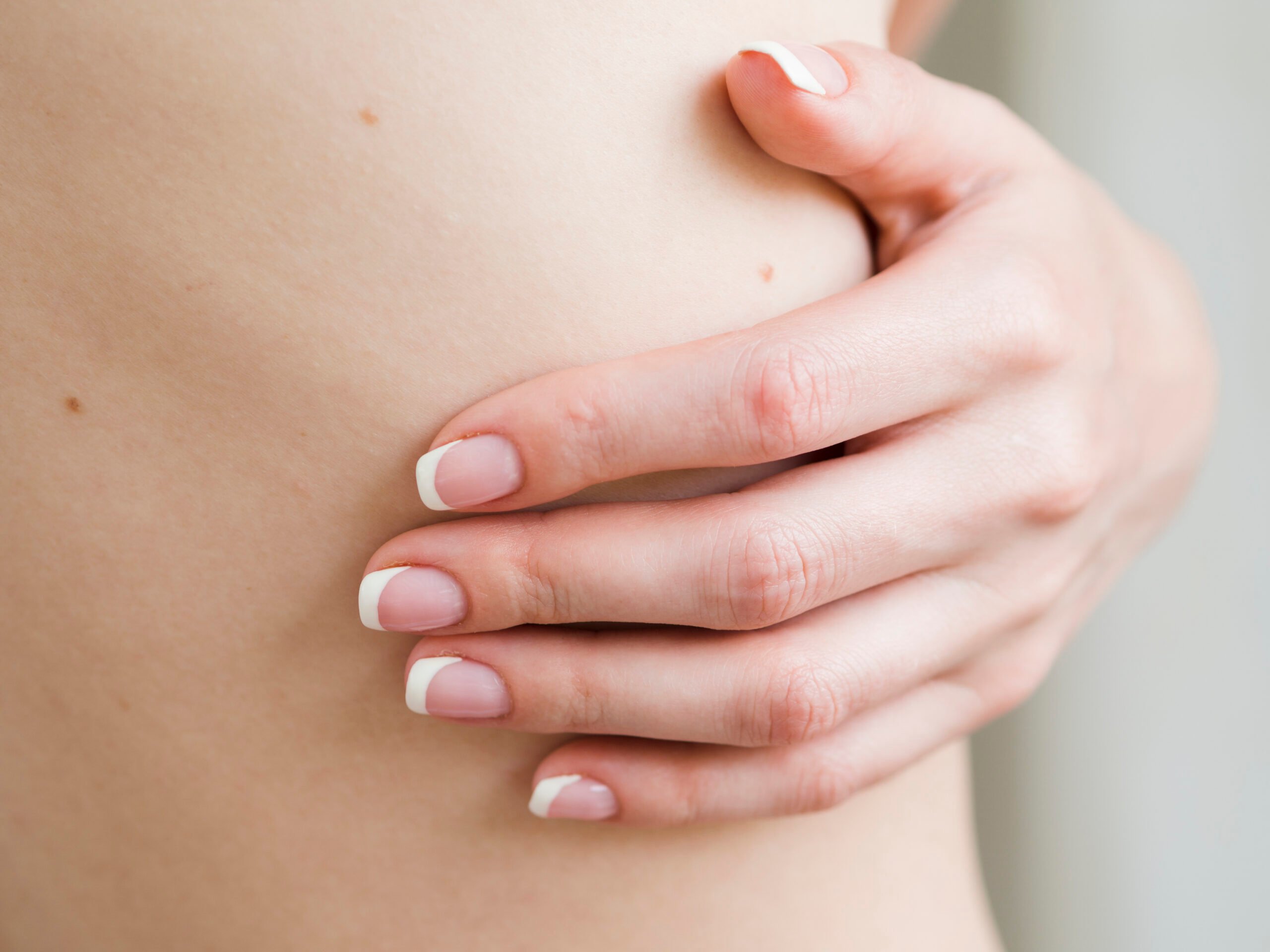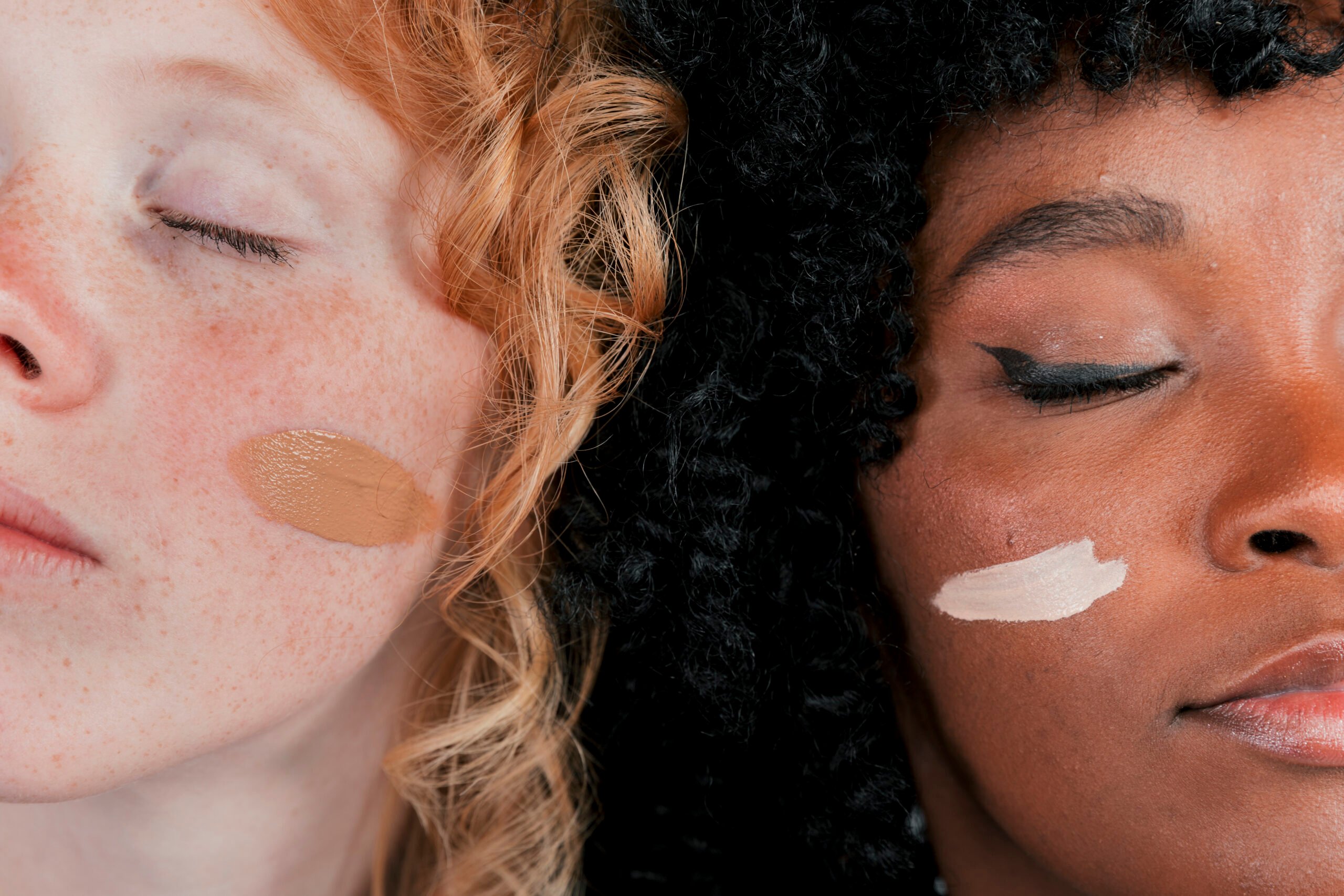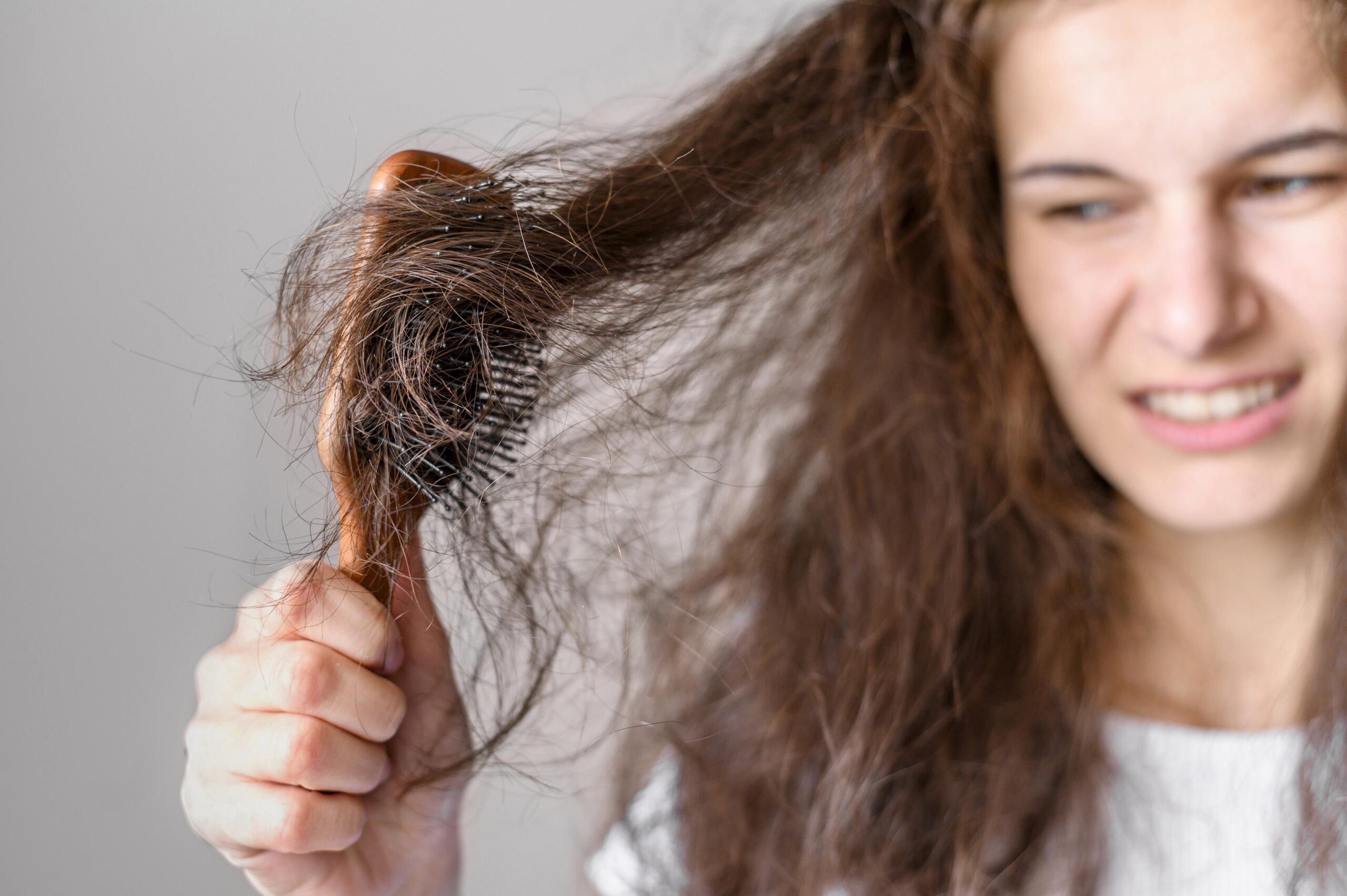Skin
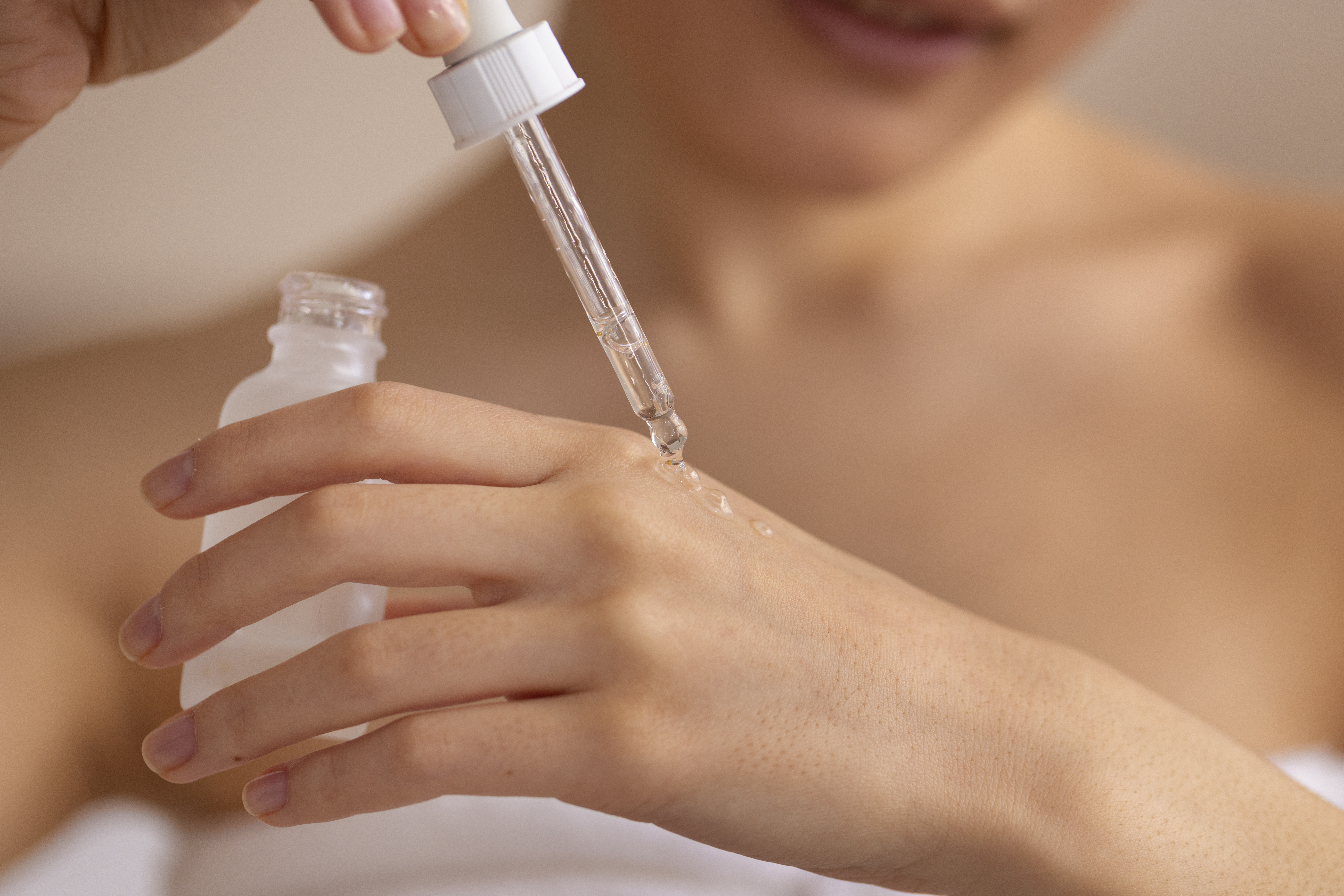
Skin
AHA vs BHA: What’s the Difference?
7 minutes read | 7 May 24
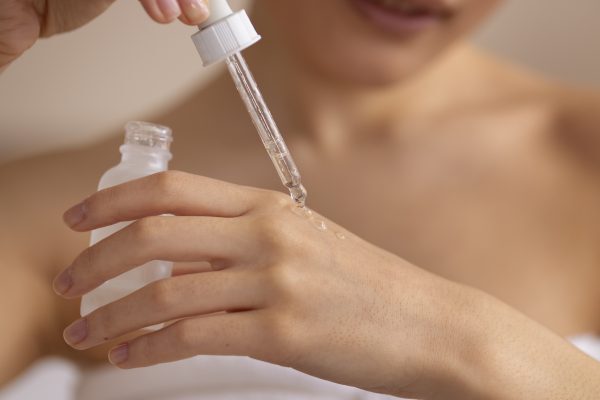
You're not alone. With many skin care options available, getting lost in the jargon is easy. Two of the most talked-about ingredients in skincare today are Alpha Hydroxy Acids (AHAs) and Beta Hydroxy Acids (BHAs). But what exactly are they, and how do they differ?
What are AHAs?

Alpha Hydroxy Acids (AHAs) are water-soluble chemical exfoliants that work by loosening the bonds between dead skin cells, promoting their removal and revealing smoother, brighter skin underneath. Commonly derived from natural sources such as sugar cane (glycolic acid), milk (lactic acid), and fruit (citric acid), AHAs are known for their anti-ageing properties. They help diminish fine lines, improve skin texture, and reduce the appearance of sun damage.
Ideal for dry and sun-damaged skin, AHAs also increase skin's sensitivity to the sun, which is why you need to use sunscreen to protect you against sun damage. By accelerating cell regeneration, AHAs leave the skin feeling softer and more youthful, making them a popular choice in skincare routines.
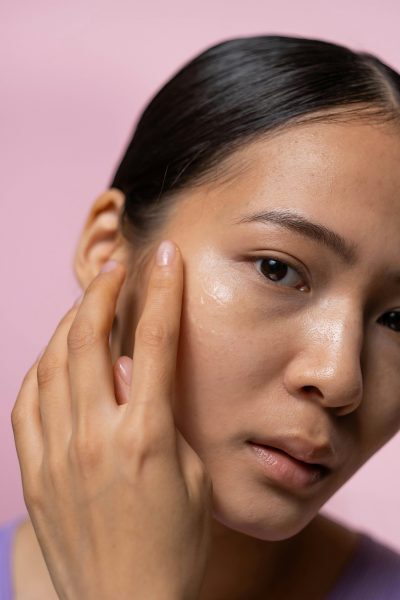
Types of AHAs
Here are the types of AHAs you need to know about.
1. Glycolic Acid
Derived from sugar cane, glycolic acid has the smallest molecule in the AHA family, enabling it to penetrate deeply into the skin. It is highly effective at rejuvenating ageing skin by accelerating cell turnover and removing dead skin cells. Regularly using glycolic acid can diminish wrinkles and fine lines, and hyperpigmentation, making it a favourite for anti-ageing regimens.
2. Lactic Acid
Extracted from milk, lactic acid is known for its gentler approach compared to glycolic acid. It not only exfoliates the skin's surface but also moisturises, making it suitable for dry and sensitive skin types. Lactic acid helps in improving uneven skin texture and can also lighten dark spots.
3. Mandelic Acid
Sourced from bitter almonds, mandelic acid has a larger molecular size, which allows for a slower, more even penetration that is less likely to irritate the skin. Due to its antibacterial properties, it's particularly beneficial for acne-prone skin and is effective at addressing fine lines and sun damage.
4. Tartaric Acid
Found in grapes, tartaric acid is less commonly used alone but is effective at adjusting the pH of skincare formulations. It complements other AHAs by stabilising their efficacy and enhancing overall skin texture.
5. Citric Acid
As the name suggests, citric acid is derived from citrus fruits. It works by exfoliating the upper layer of dead skin cells to brighten the skin and tighten pores. Additionally, citric acid acts as an antioxidant, helping to protect the skin from environmental damage and premature ageing.
What Are BHAs?
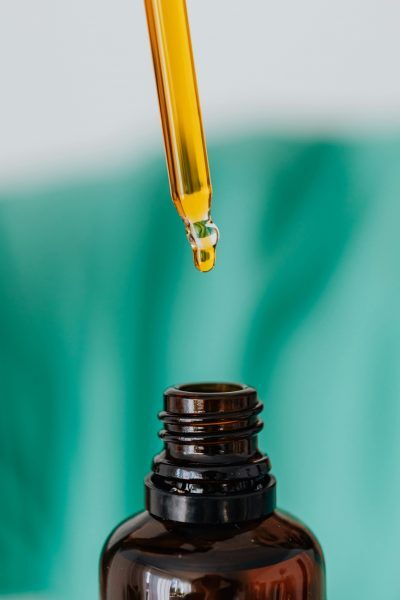
Beta Hydroxy Acids (BHAs) are oil-soluble chemical exfoliants that penetrate deeper into the pores to remove dead skin cells and excess sebum, making them highly effective for oily and acne-prone skin. The most well-known BHA is salicylic acid, which not only exfoliates the skin but also contains anti-inflammatory properties that help reduce the redness and irritation associated with breakouts.
BHAs are able to address deep-rooted skin concerns like blackheads and pimples due to their ability to dissolve the bonds that hold blemishes together. Unlike AHAs, BHAs are less likely to cause sun sensitivity, making them a safer choice for those who spend time outdoors. By clearing pore congestion and normalising skin turnover, BHAs help to maintain clear, smooth, and balanced skin.
Types of BHAs
While there are a few types of BHAs, salicylic acid is the most prominent and widely used in skincare. Here's a closer look at the kinds of BHAs available:
1. Salicylic Acid
Salicylic acid is the most common form of BHA found in skincare products. It is derived from willow bark and is highly effective in treating acne due to its ability to penetrate deeply into the pores. Salicylic acid helps reduce blemishes and prevent future breakouts by dissolving the debris that clogs pores. It also has anti-inflammatory properties, which help calm irritated skin and reduce redness.
2. Betaine Salicylate
This milder alternative to salicylic acid combines salicylic acid with betaine, a natural moisturiser. Betaine salicylate is gentler on the skin, making it suitable for those with sensitive skin who might find salicylic acid too harsh. It offers similar exfoliating and acne-fighting benefits but with a reduced risk of causing skin irritation.
Willow Bark Extract
While not a pure BHA, willow bark extract is a natural source of salicylic acid-like compounds. It provides gentle exfoliation and is often used in natural skincare formulations. Willow bark extract can soothe the skin, reduce skin inflammation, and help with mild exfoliation, although it is less potent than synthesised salicylic acid.
Difference Between AHA and BHA for Skin
Understanding the distinctions between Alpha Hydroxy Acids (AHAs) and Beta Hydroxy Acids (BHAs) can significantly influence your skincare choices. Here are the key differences:
Solubility
AHAs: Water-soluble, making them more effective on the skin's surface.
BHAs: Oil-soluble, allowing them to penetrate deeper into pores.
Skin Type
AHAs: Ideal for dry, ageing, or sun-damaged skin due to their ability to help with moisture retention and surface exfoliation.
BHAs: Perfect for oily and acne-prone skin because they can cut through sebum and clear out open pores.
Function
AHAs: Glycolic acid (from sugar cane) and lactic acid (from milk), which are great for exfoliating dead skin cells and reducing signs of ageing, like fine lines.
BHAs: Primarily salicylic acid, known for reducing acne by exfoliating inside the pore and soothing inflammation.
Benefits
AHAs: Enhances skin texture and brightness, reduces the appearance of wrinkles, and helps with hyperpigmentation.
BHAs: Focus on deep pore cleaning, reducing blemishes, and controlling breakout activities.
Skin Sensitivity to Sun
AHAs: Increased sun sensitivity requires using high-SPF sunscreen as part of your daily routine.
BHAs: Do not increase sun sensitivity, offering a practical option for those who might forget to apply sunscreen.
Action on Skin
AHAs: Work by loosening the bonds between old skin cells on the surface, aiding in their removal.
BHAs: Work by dissolving the keratin plugs and regulating skin cells on the surface and inside the follicles.
Takeaway
Understanding the difference between AHA and BHA is crucial for selecting the right skincare products to address your concerns, whether you're dealing with sun damage, ageing signs, or acne. At Bodycraft Salon, we prioritise offering tailored facial services that incorporate both AHAs and BHAs, ensuring comprehensive skincare solutions. Our expert treatments effectively target multiple skin issues, promoting overall skin health and a radiant complexion. Additionally, at Bodycraft Clinic, we specialise in chemical peels, including lactic acid, glycolic acid, and salicylic acid peels, which are highly effective for acne treatment. Explore our facial services and chemical peels at Bodycraft Salon and Clinic to achieve your skincare goals.
FAQs around AHA's and BHA's
1. Is glycolic acid an AHA?
Yes, glycolic acid is indeed an Alpha Hydroxy Acid (AHA). It is derived from sugar cane and is known for its ability to exfoliate the skin's surface, improve texture, and reduce the appearance of fine lines and wrinkles.
2. Is salicylic acid AHA or BHA?
Salicylic acid is a Beta Hydroxy Acid (BHA). Unlike AHAs, which are water-soluble, BHAs like salicylic acid are oil-soluble, allowing them to penetrate deeper into the pores to unclog and exfoliate.
3. Can I use hyaluronic acid after an AHA BHA peel?
Yes, you can use hyaluronic acid after an AHA or BHA peel. Hyaluronic acid is a hydrating ingredient that helps replenish skin moisture, which can be beneficial after exfoliation to maintain skin hydration.
4. Can I use retinol after an AHA BHA peel?
It's generally recommended to avoid using retinol immediately after an AHA or BHA peel, as both exfoliating treatments can increase skin sensitivity. To avoid irritation, it's best to wait a few days before reintroducing retinol into your skincare routine.
5. Can AHA and BHA damage skin?
When used correctly and in appropriate concentrations, AHAs and BHAs are safe and effective for skincare. However, overuse or misuse of these acids can lead to skin irritation, dryness, and increased sensitivity to the sun. It's essential to follow product instructions and consult with a skincare professional if you have any concerns.
6. When should AHA be used in a skincare routine?
AHAs are typically used in the evening as part of your night-time skincare routine. They can be applied after cleansing and toning but before serums and moisturisers. Using AHAs at night allows them to work on the skin overnight without the risk of increased sun sensitivity.
7. Is hyaluronic acid an AHA or BHA?
Hyaluronic acid is neither an AHA nor a BHA. It is a hydrating ingredient that attracts moisture to the skin, helping plump and hydrate its surface. Hyaluronic acid is often used alongside AHAs and BHAs to provide hydration and balance skin texture.
Related categories
Get a complimentary consultation today. Book now







































.png)

























-1.png)

